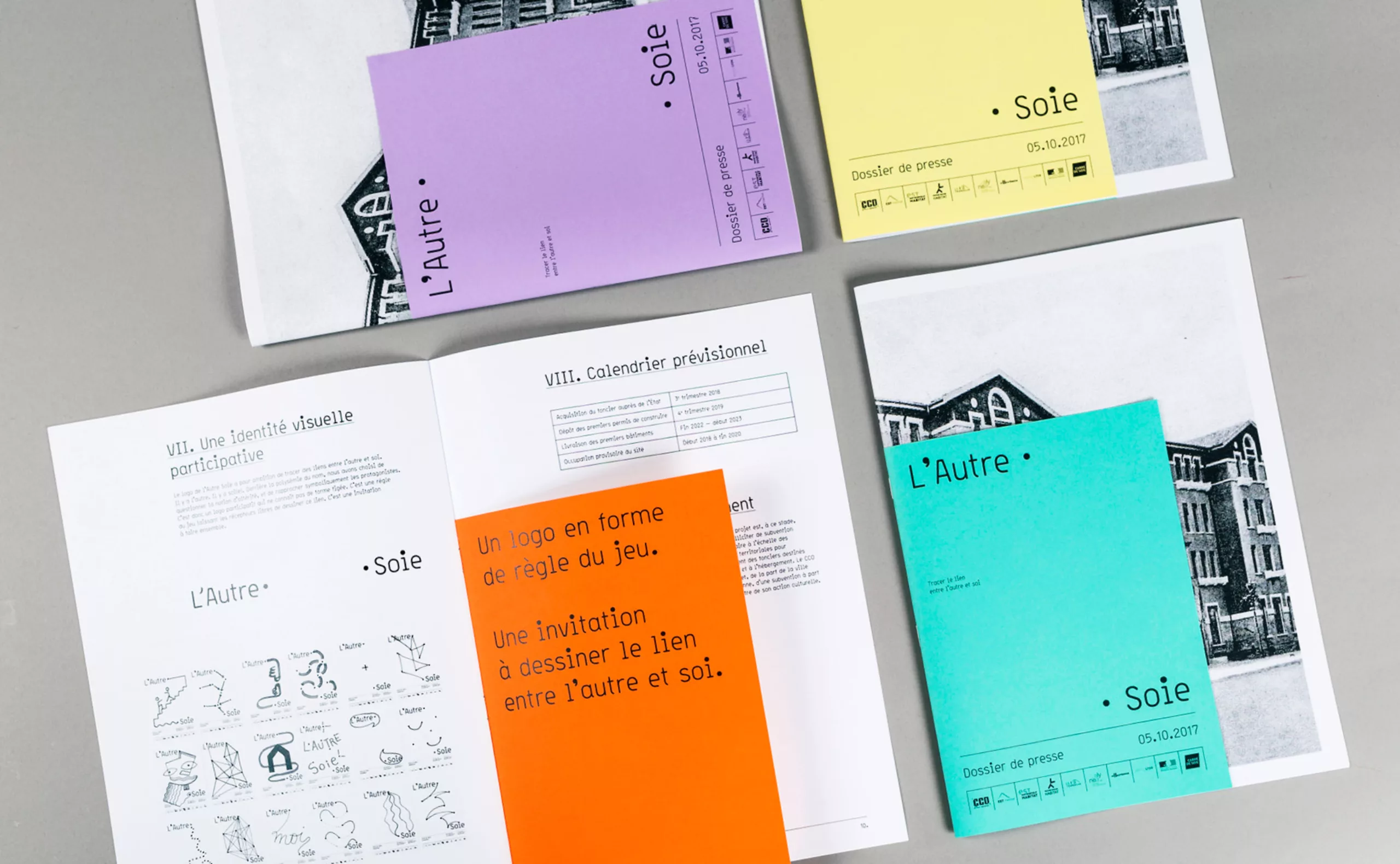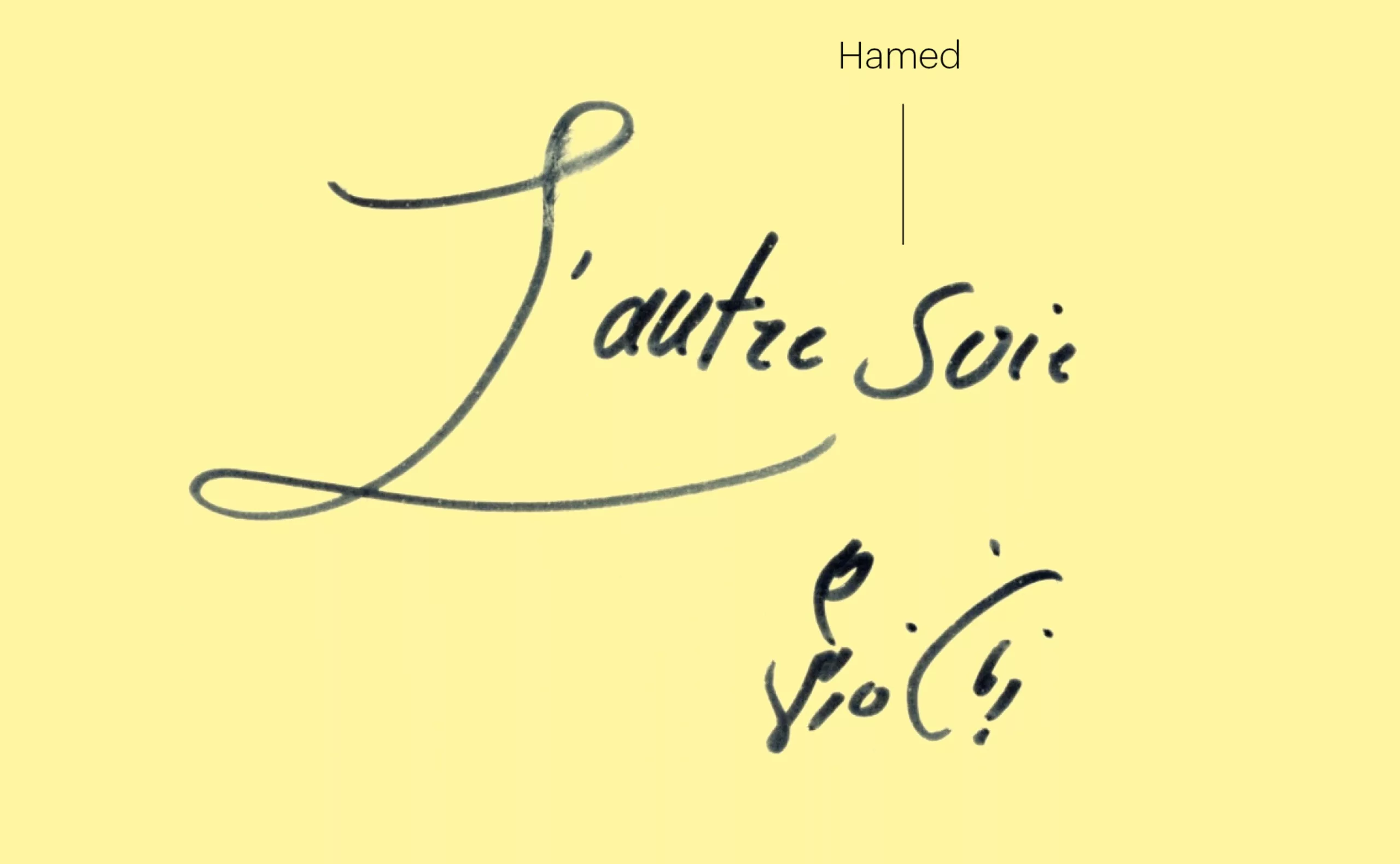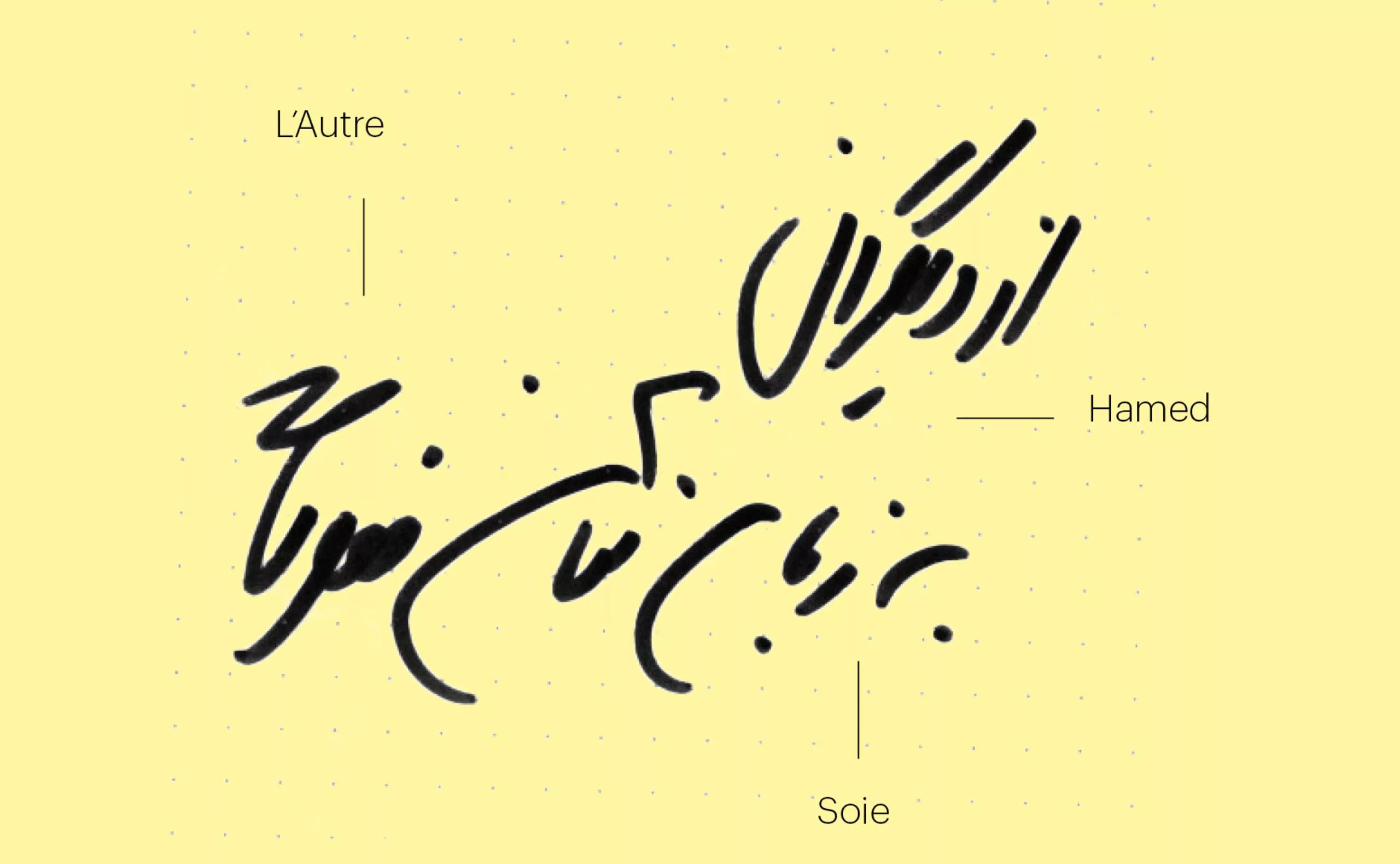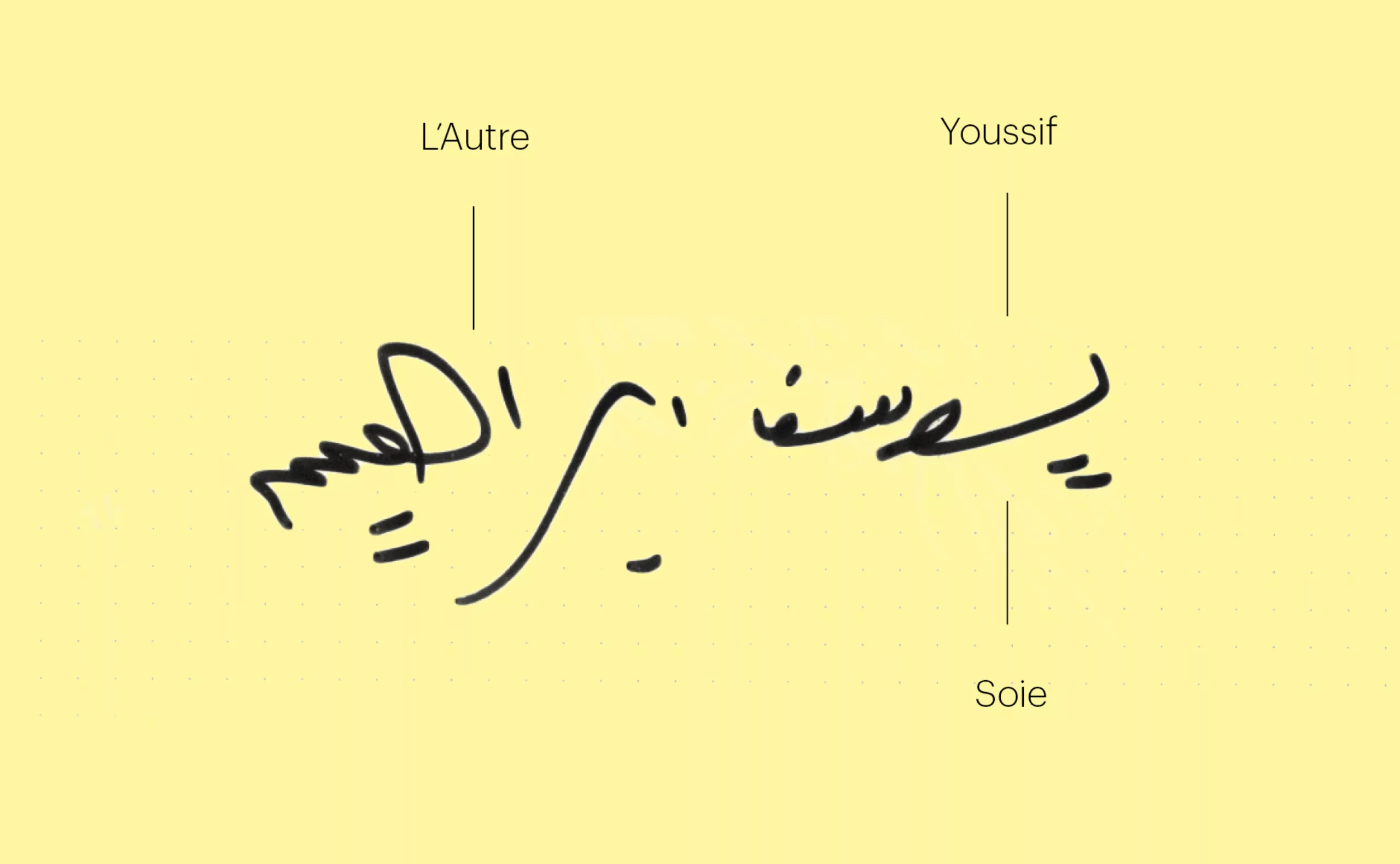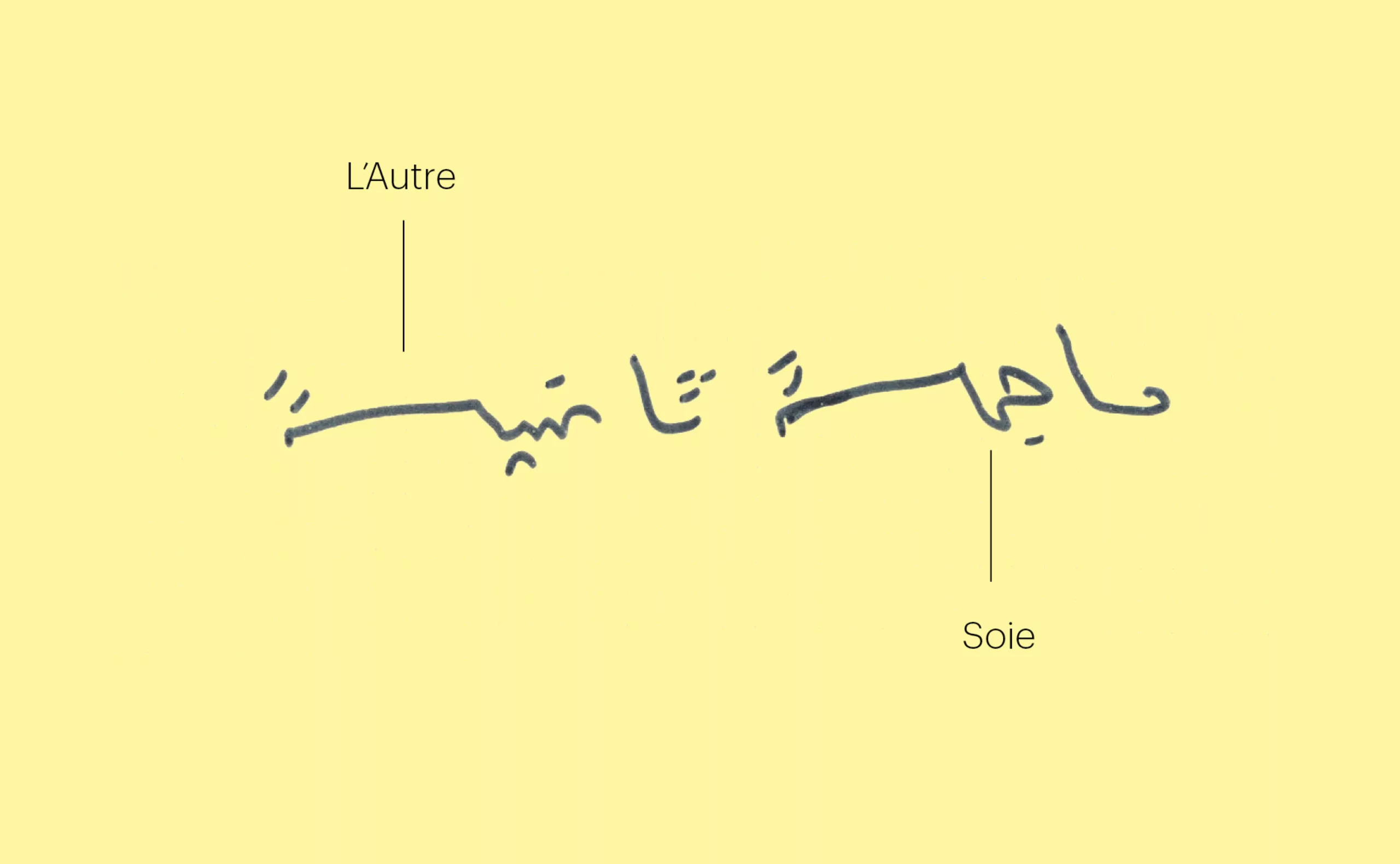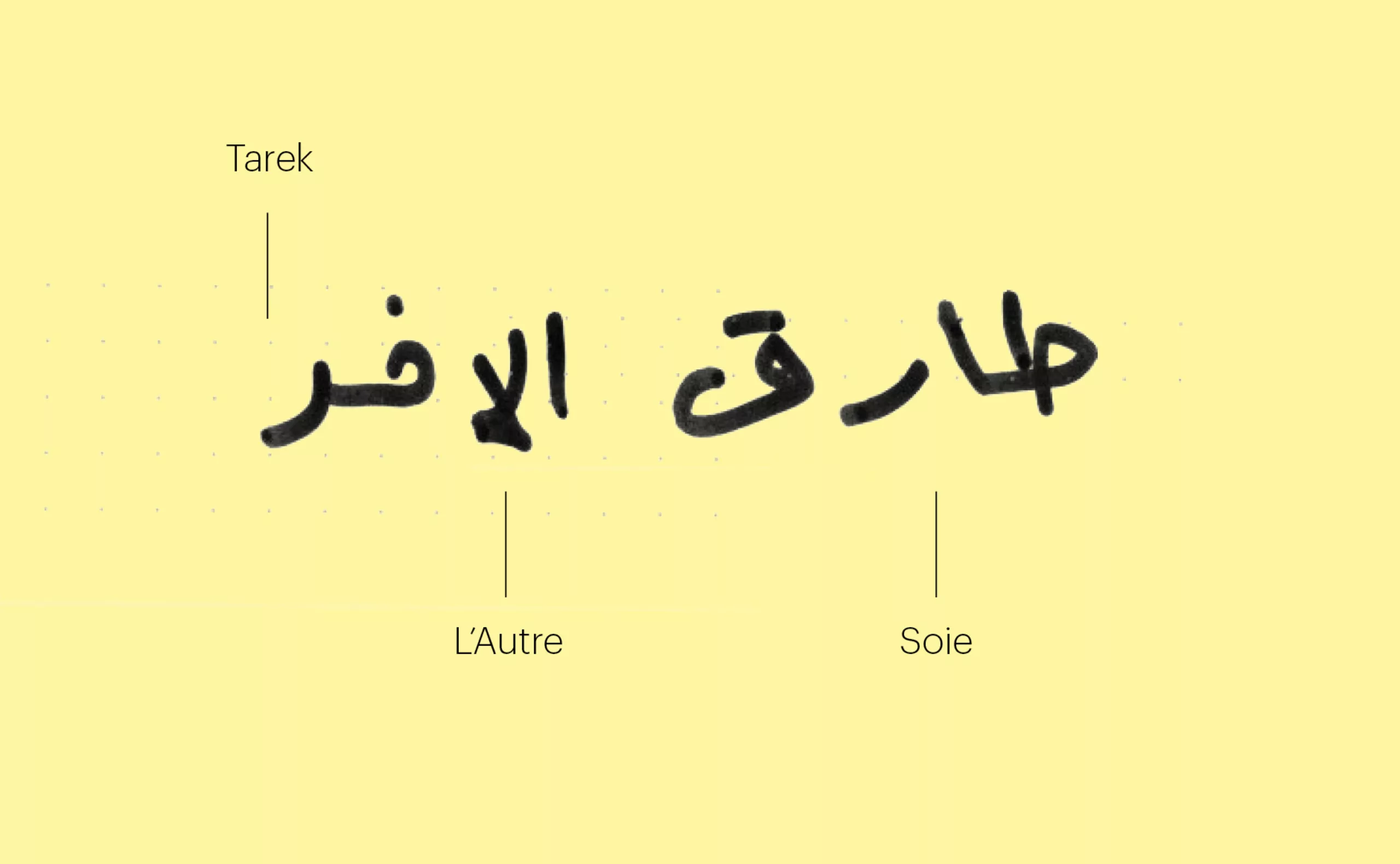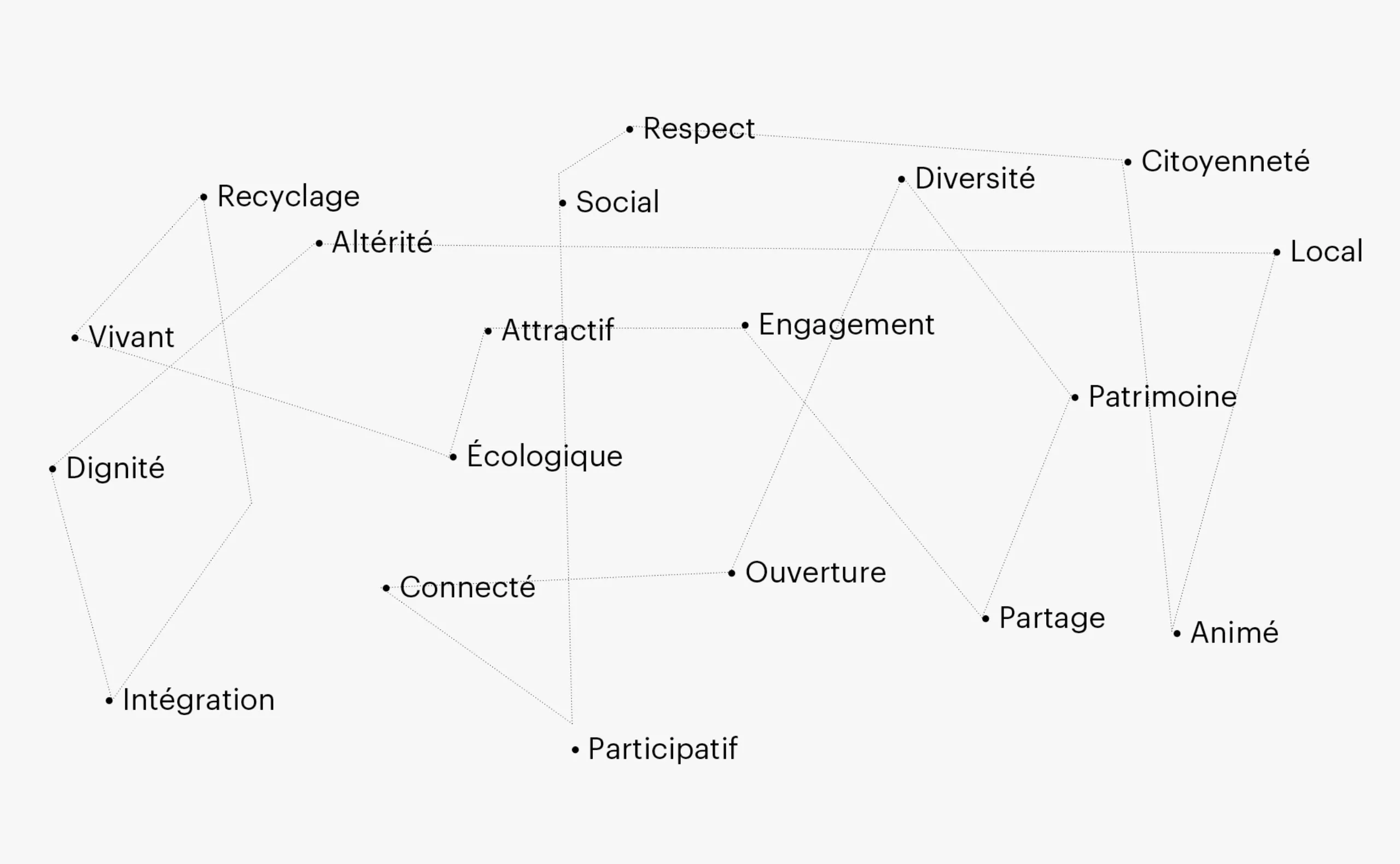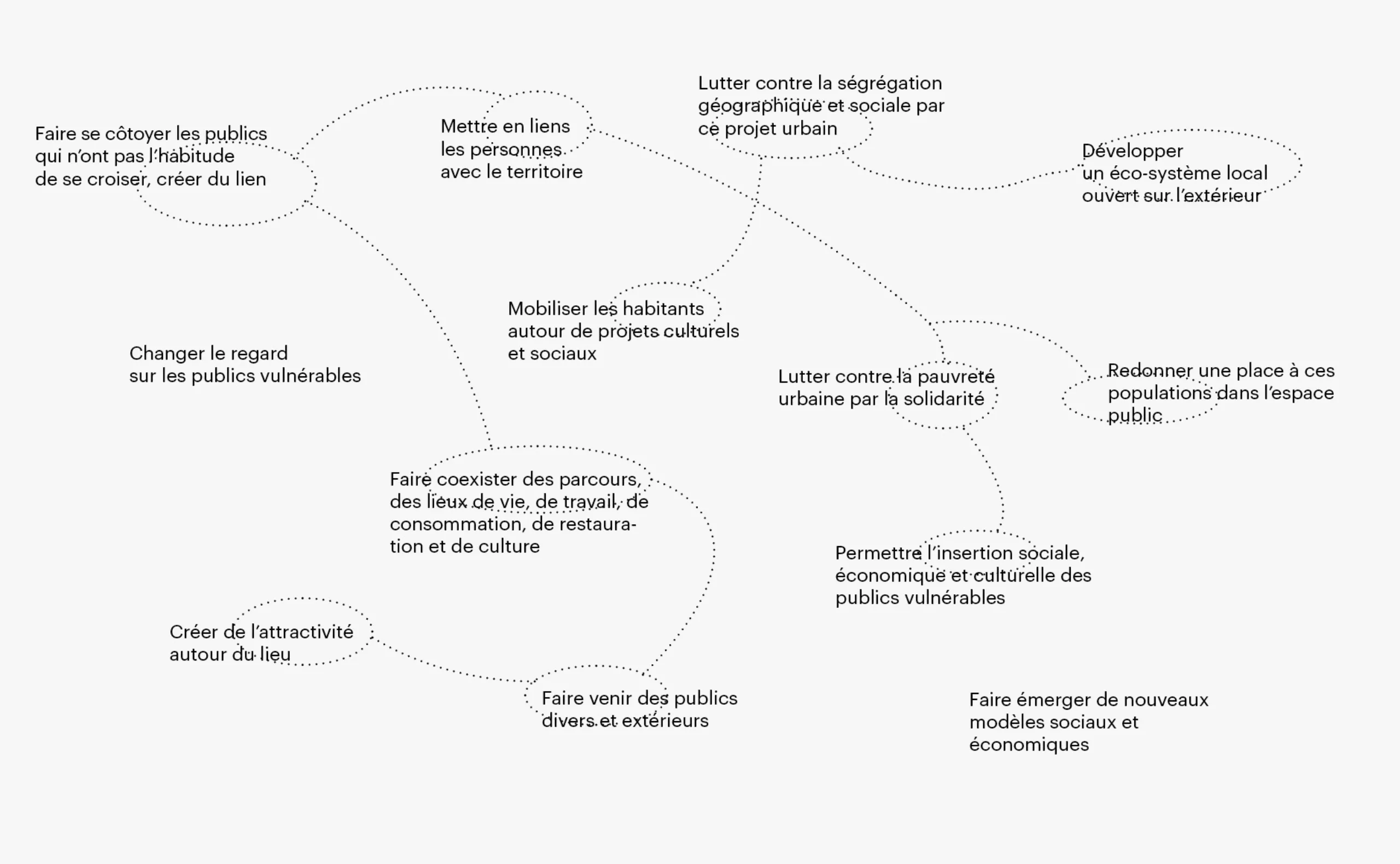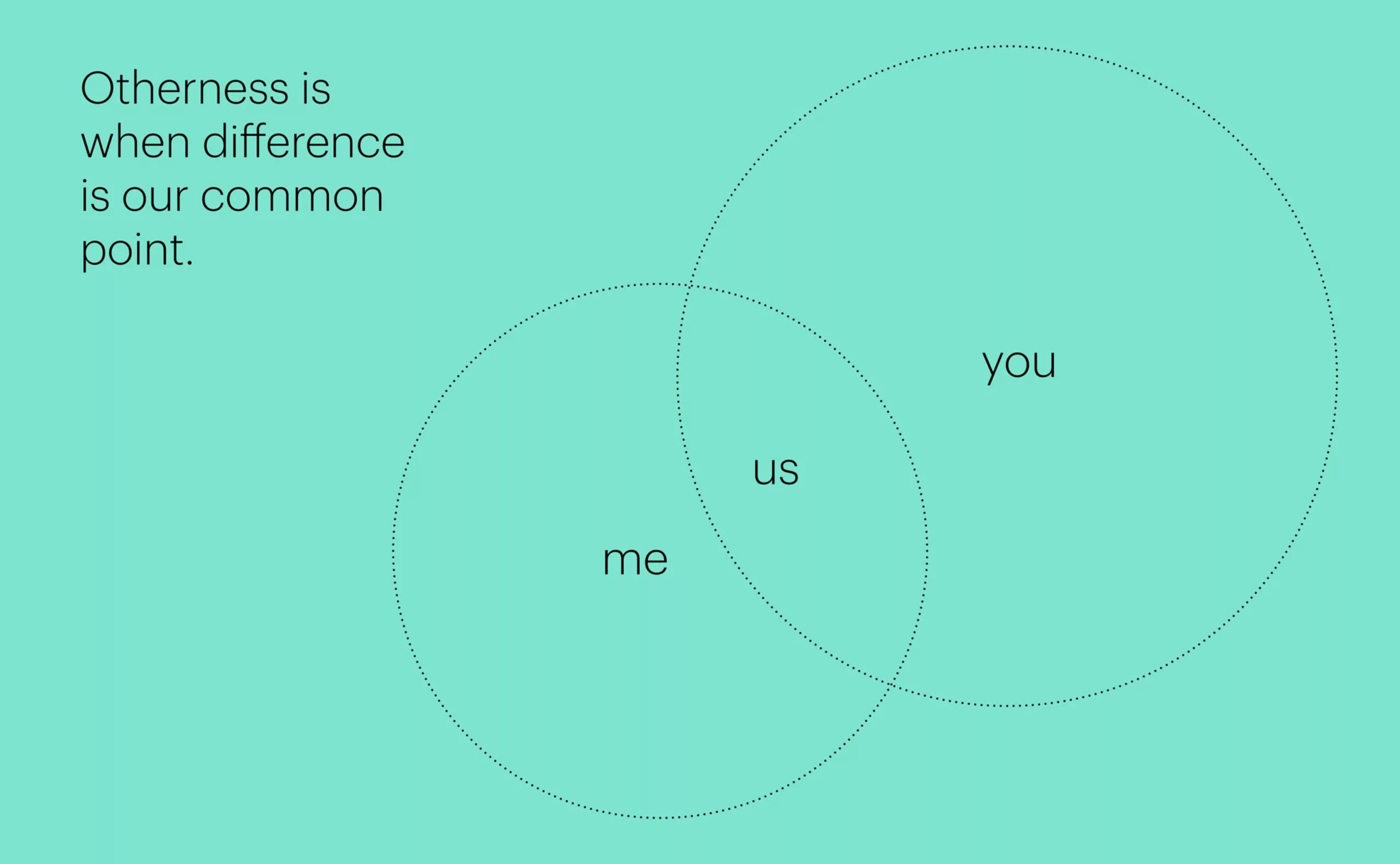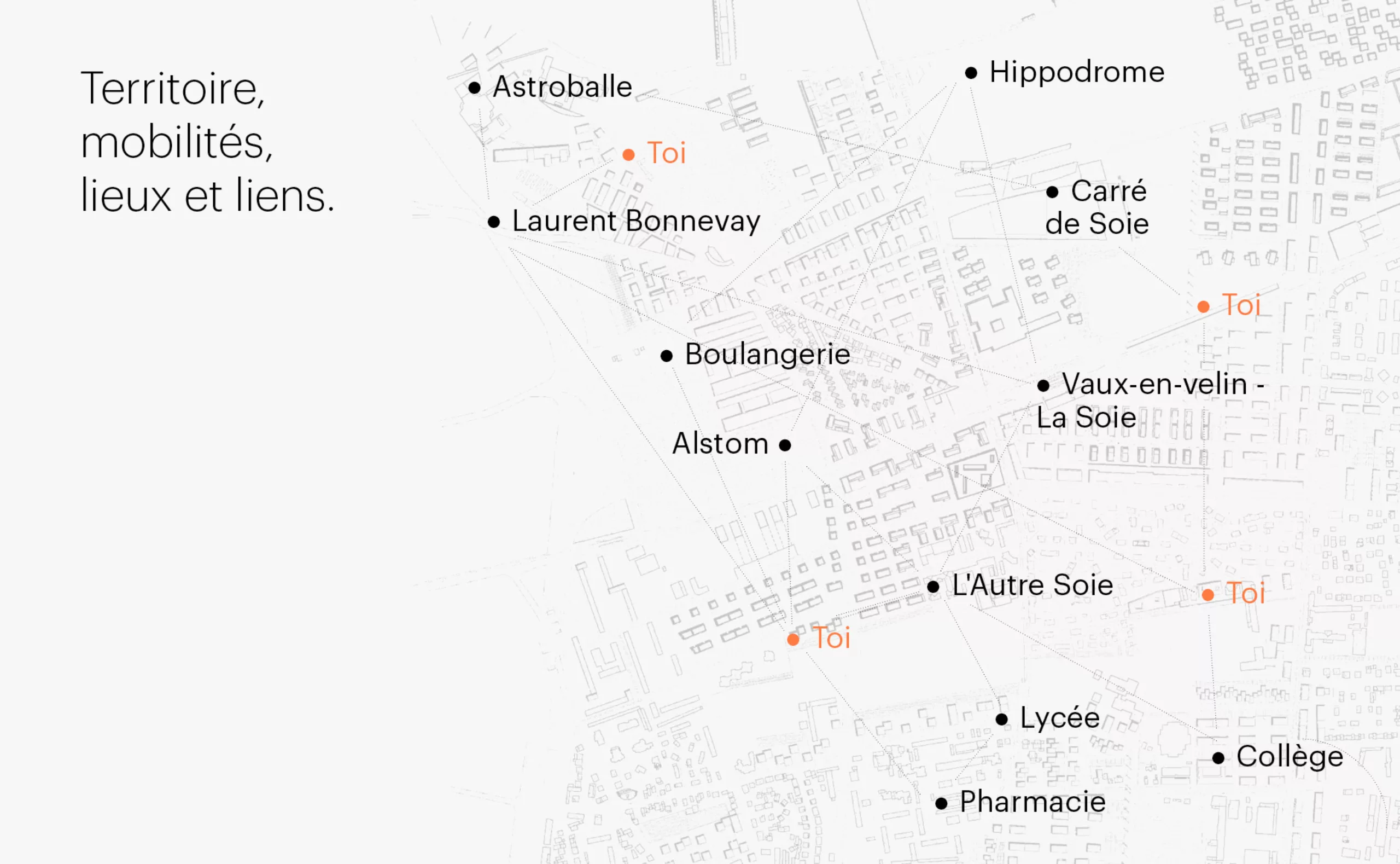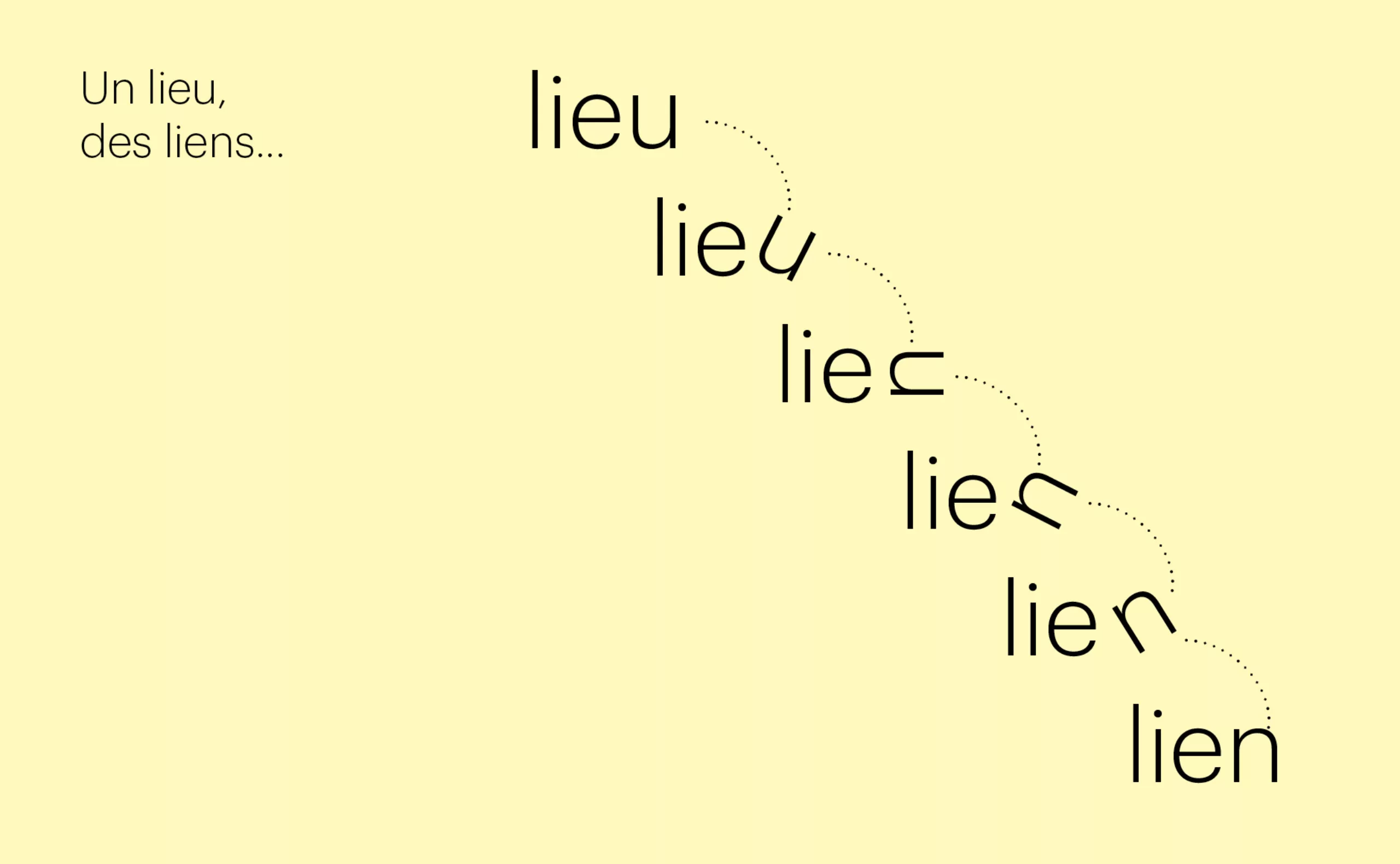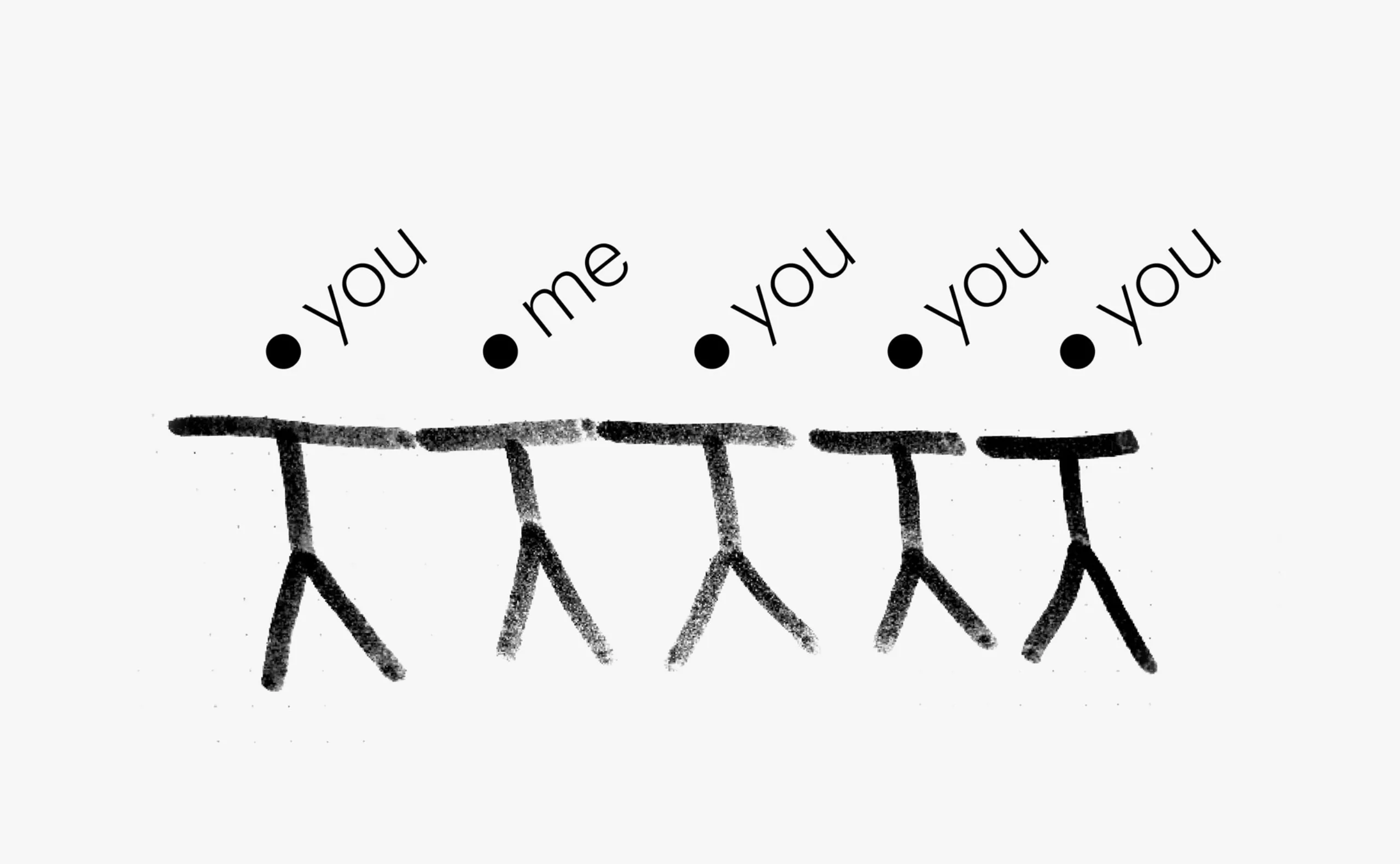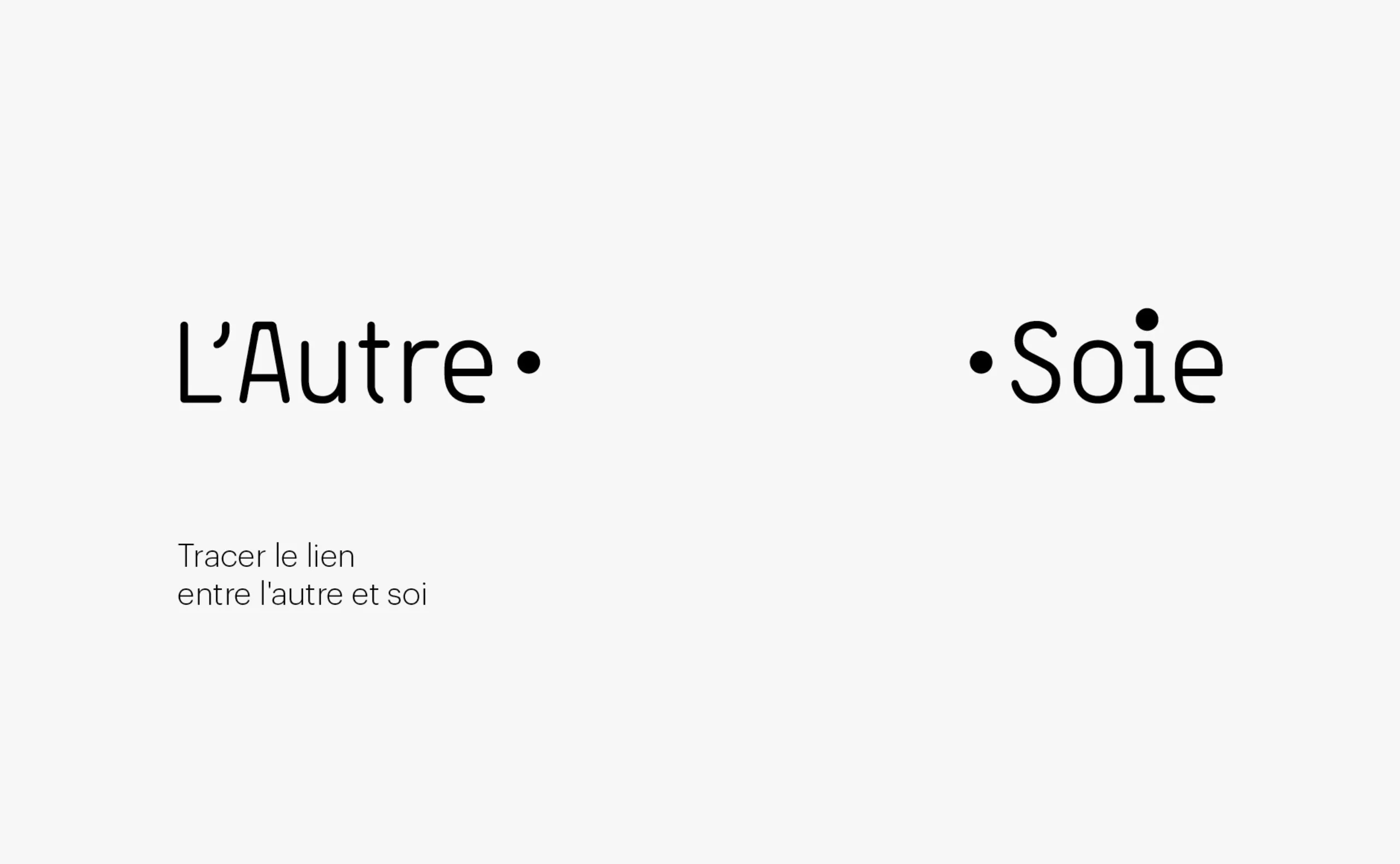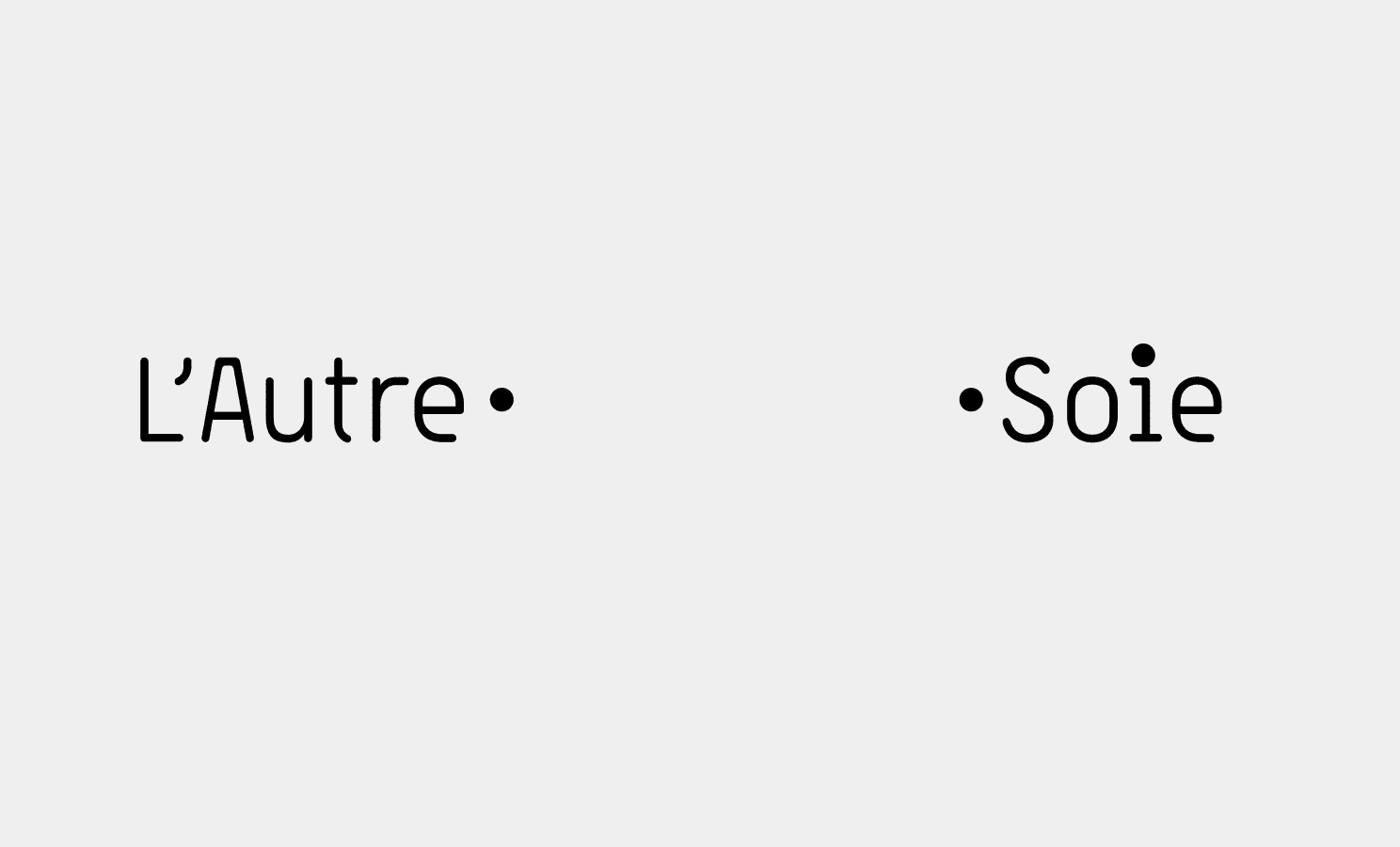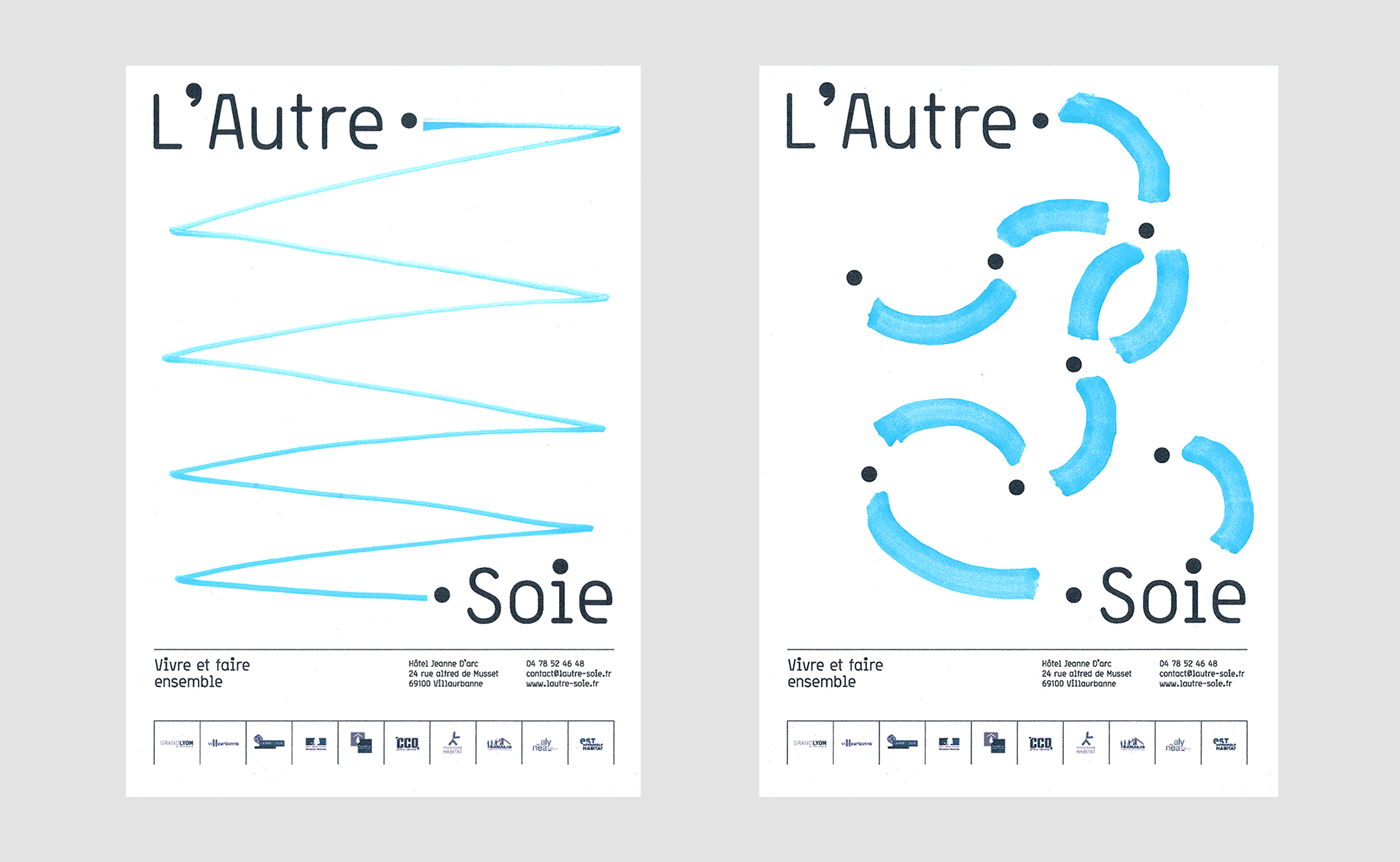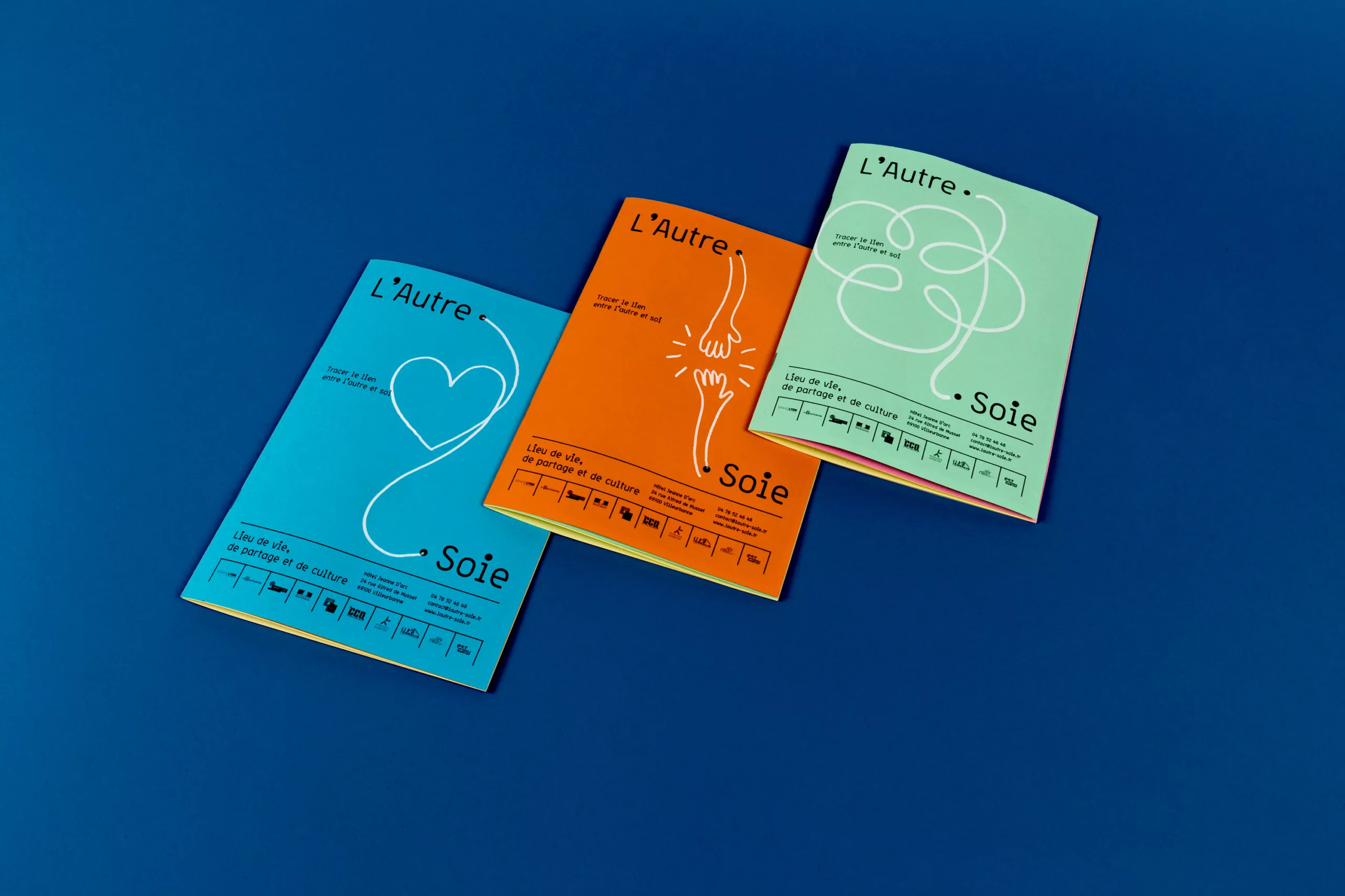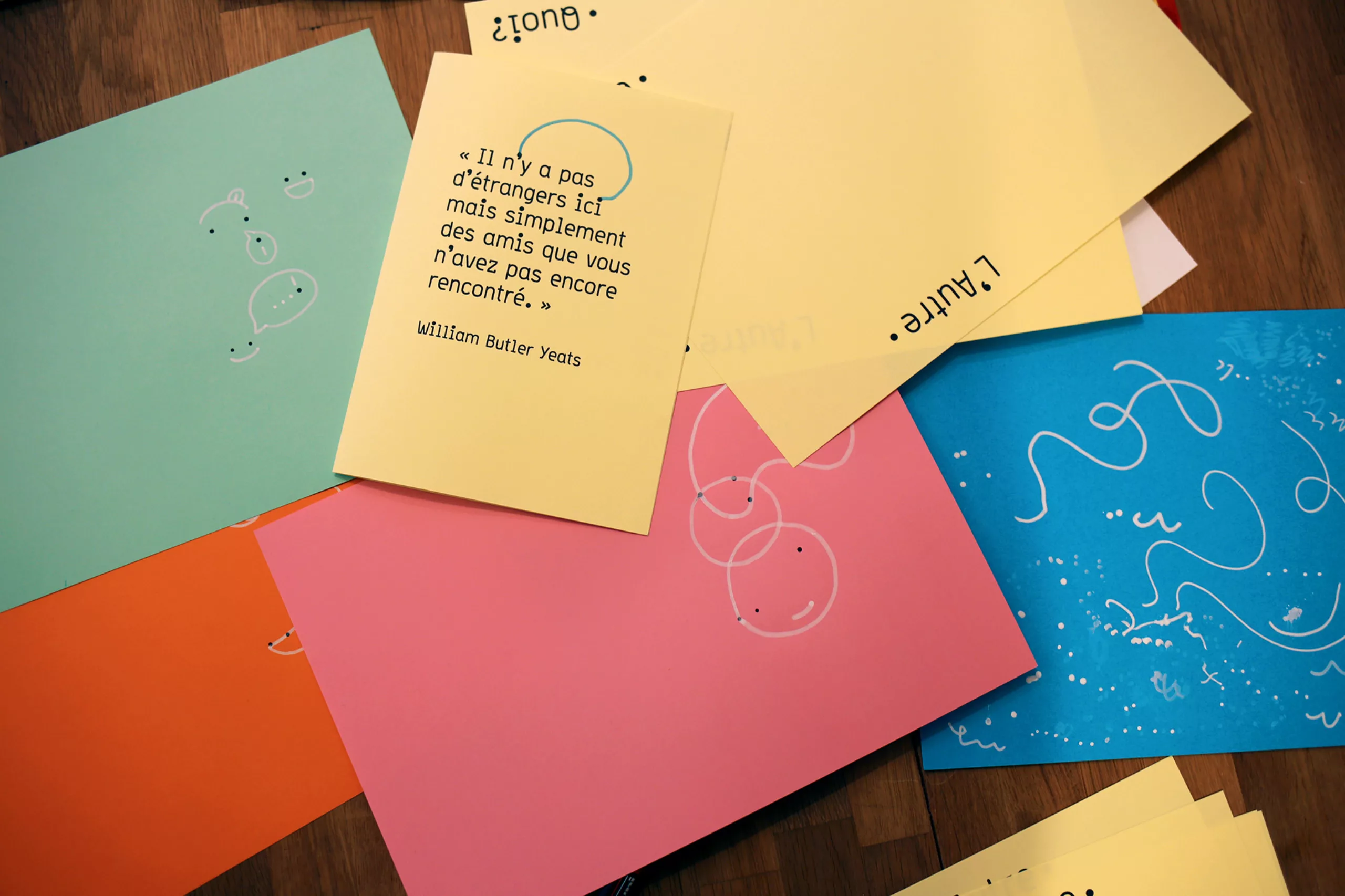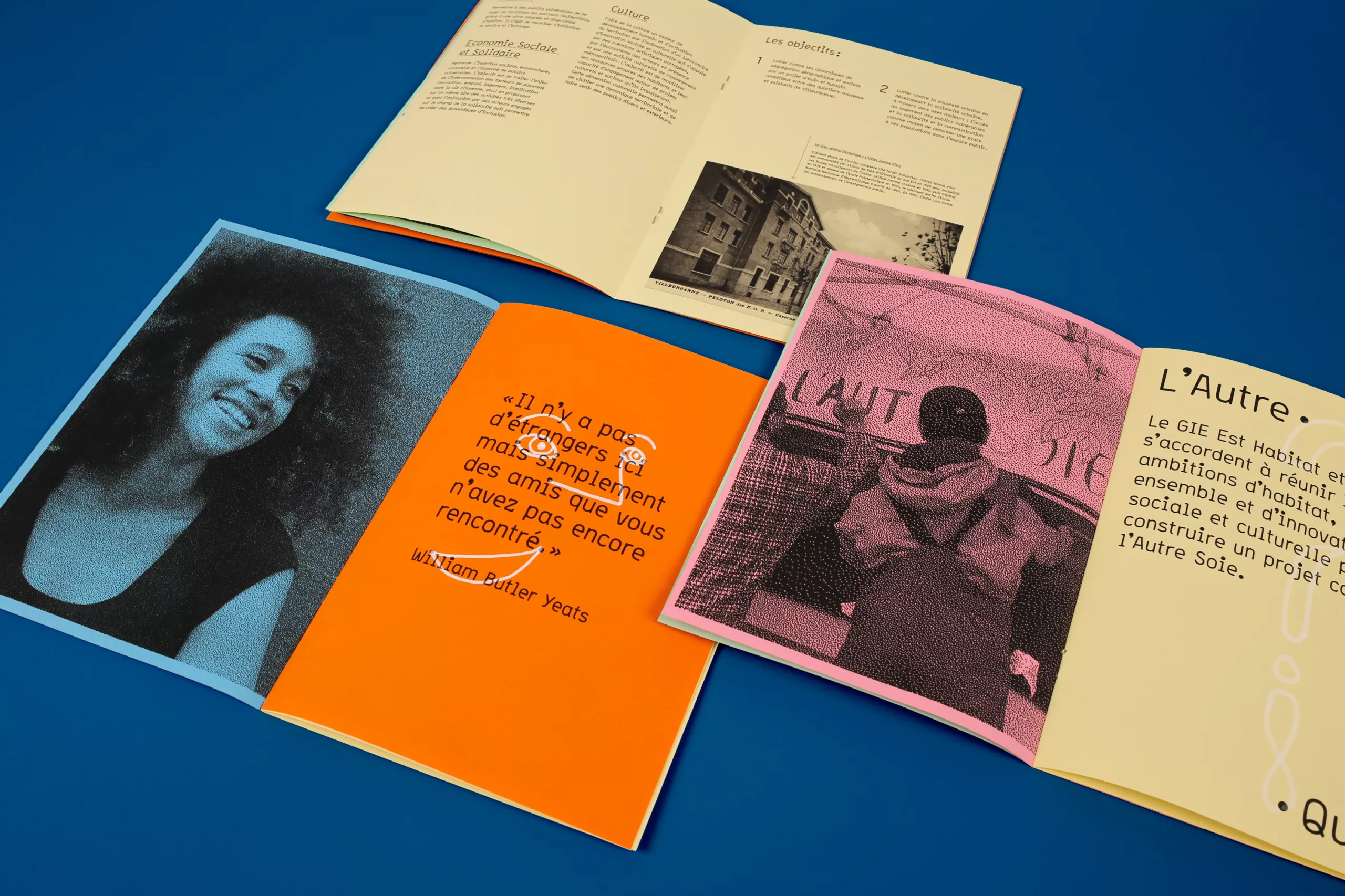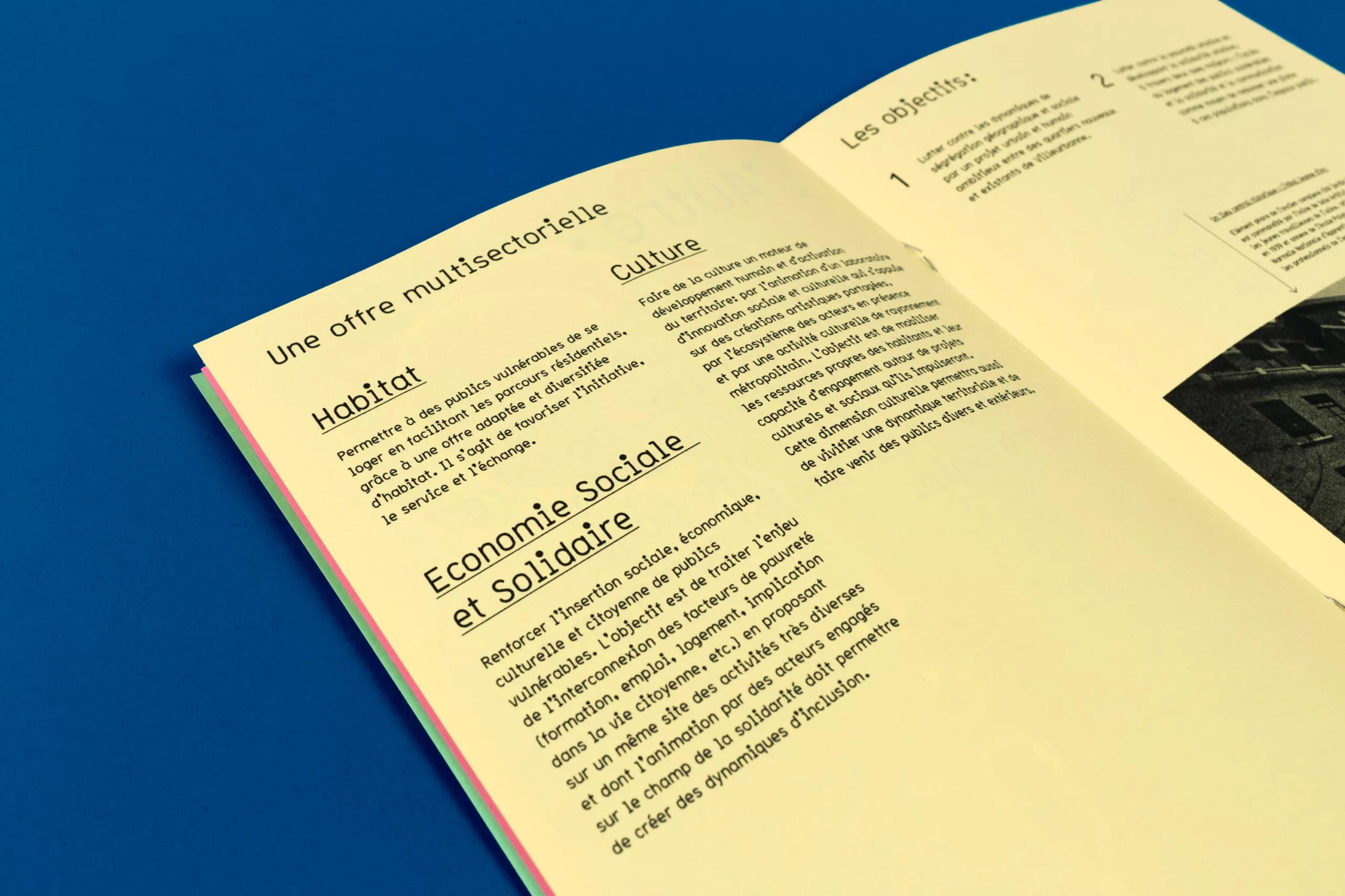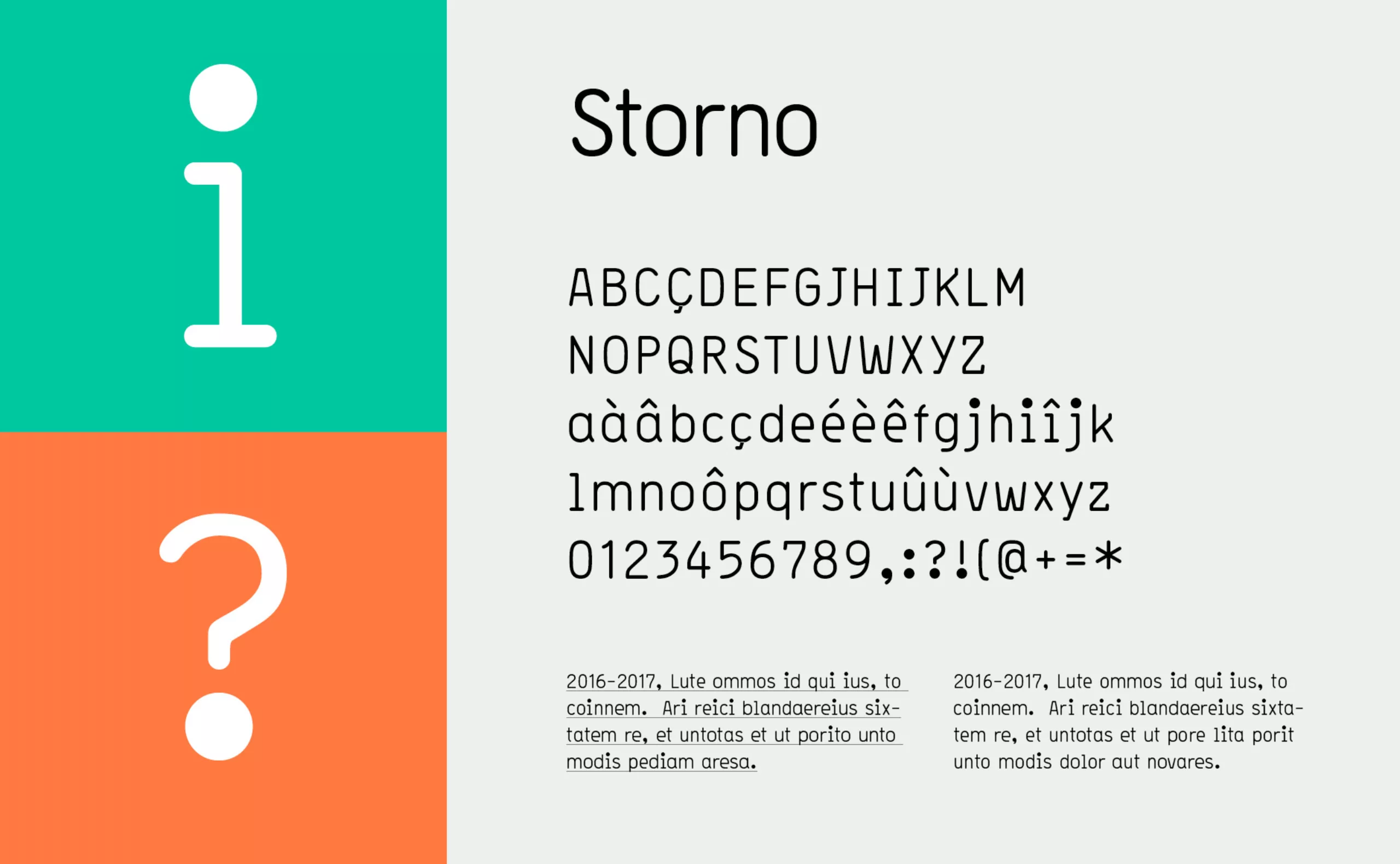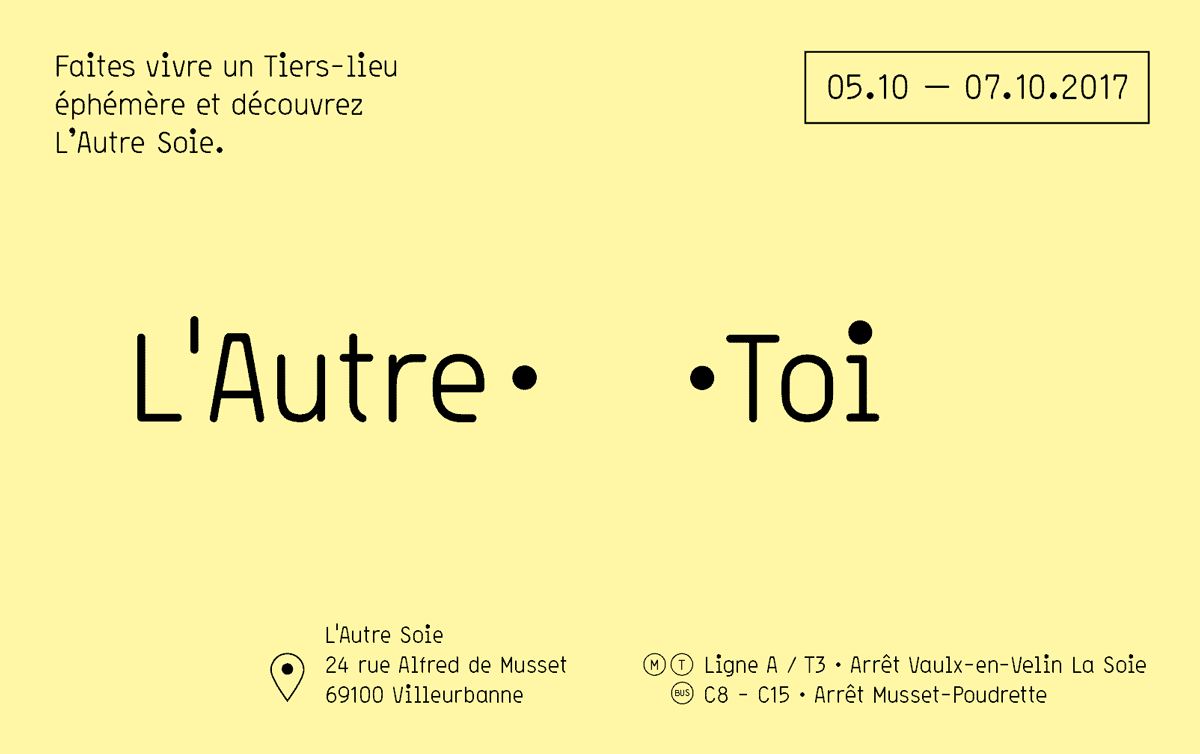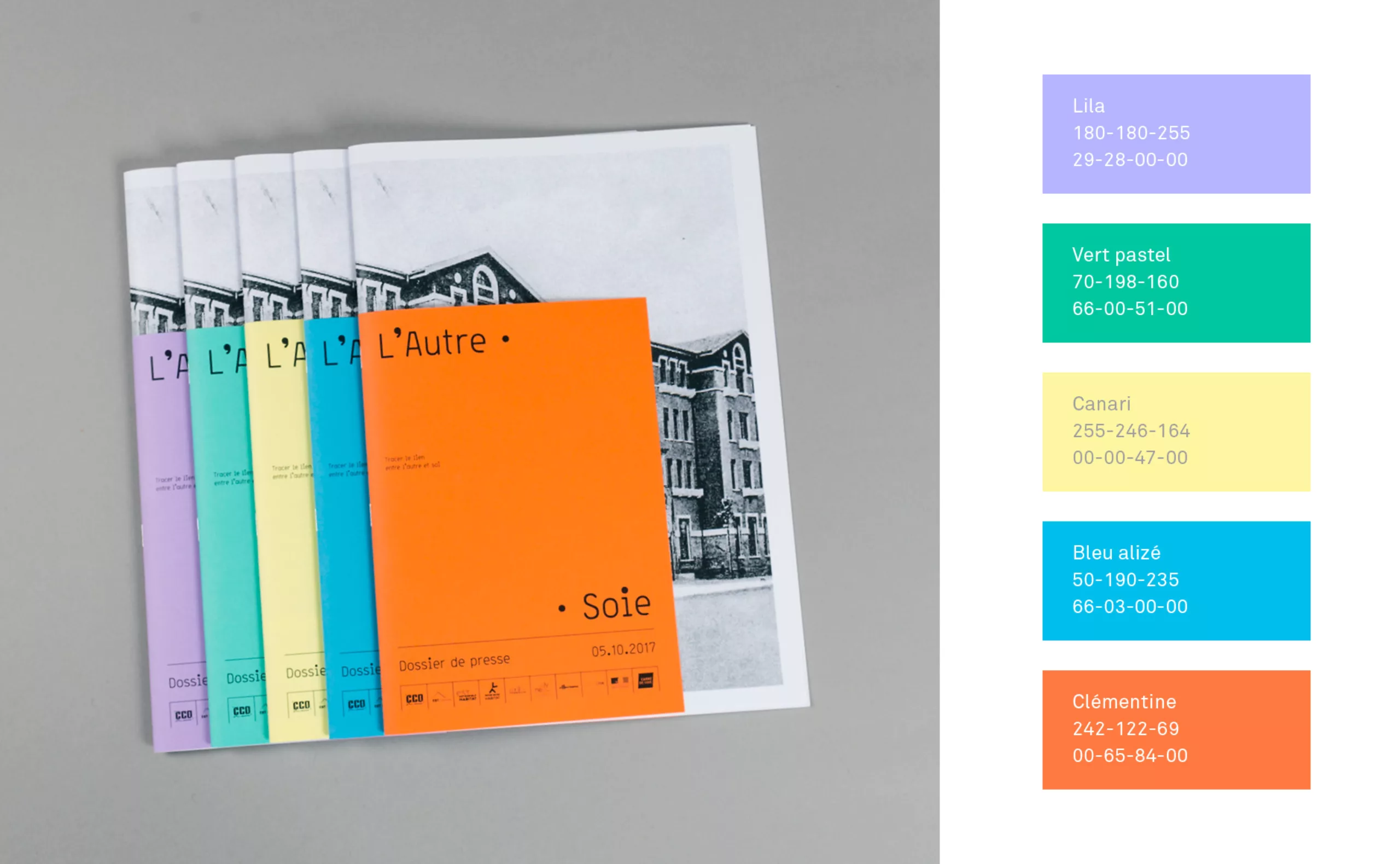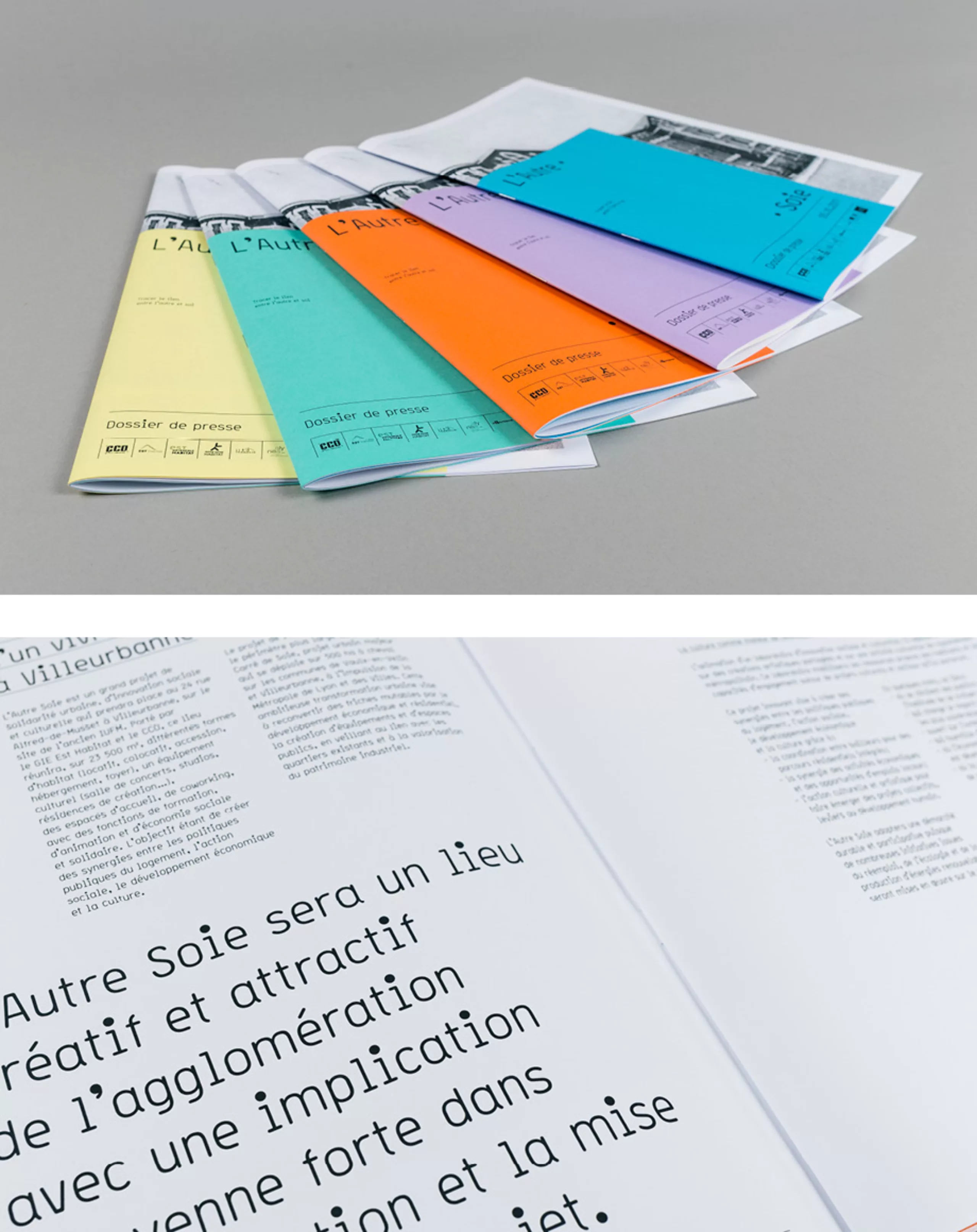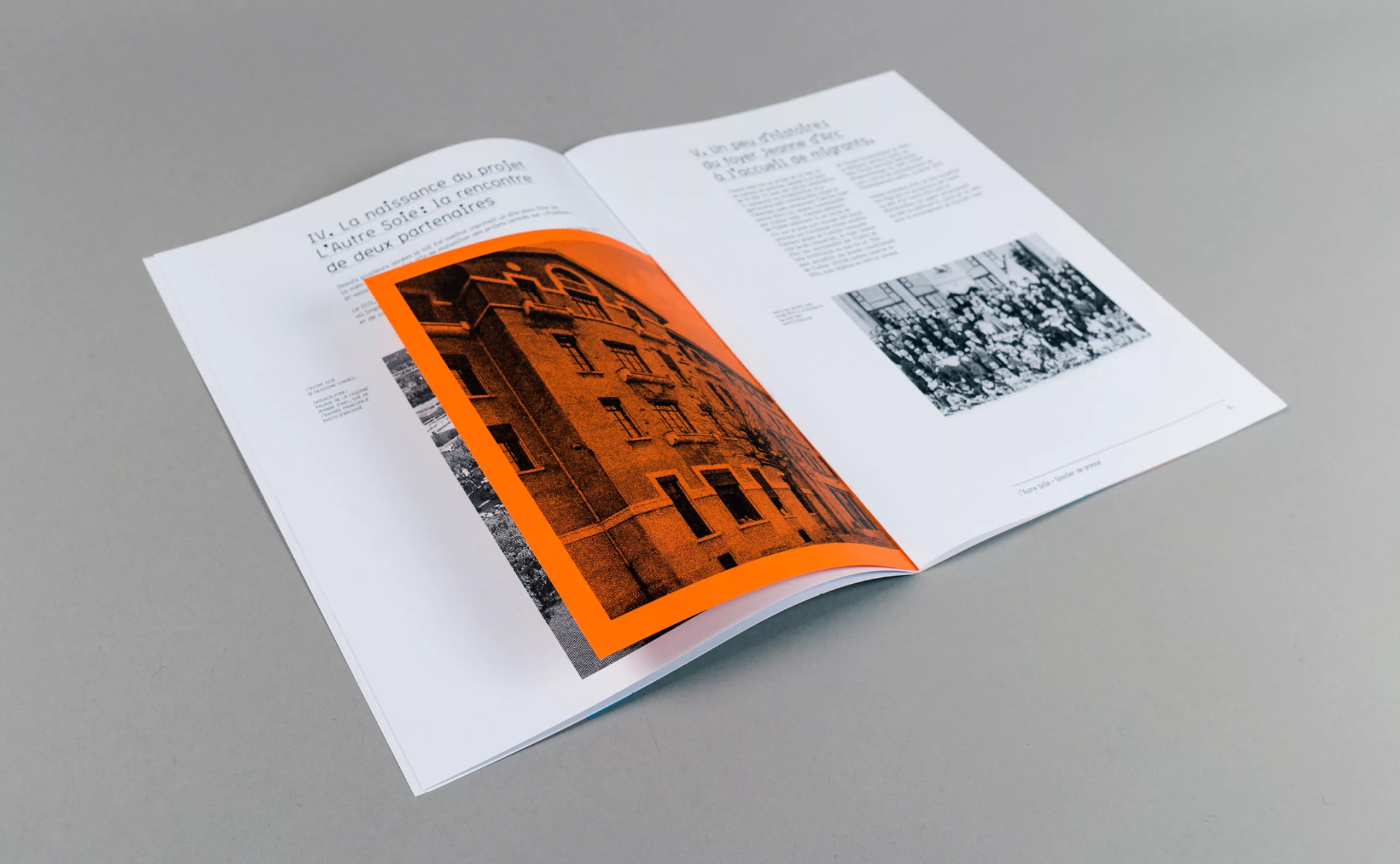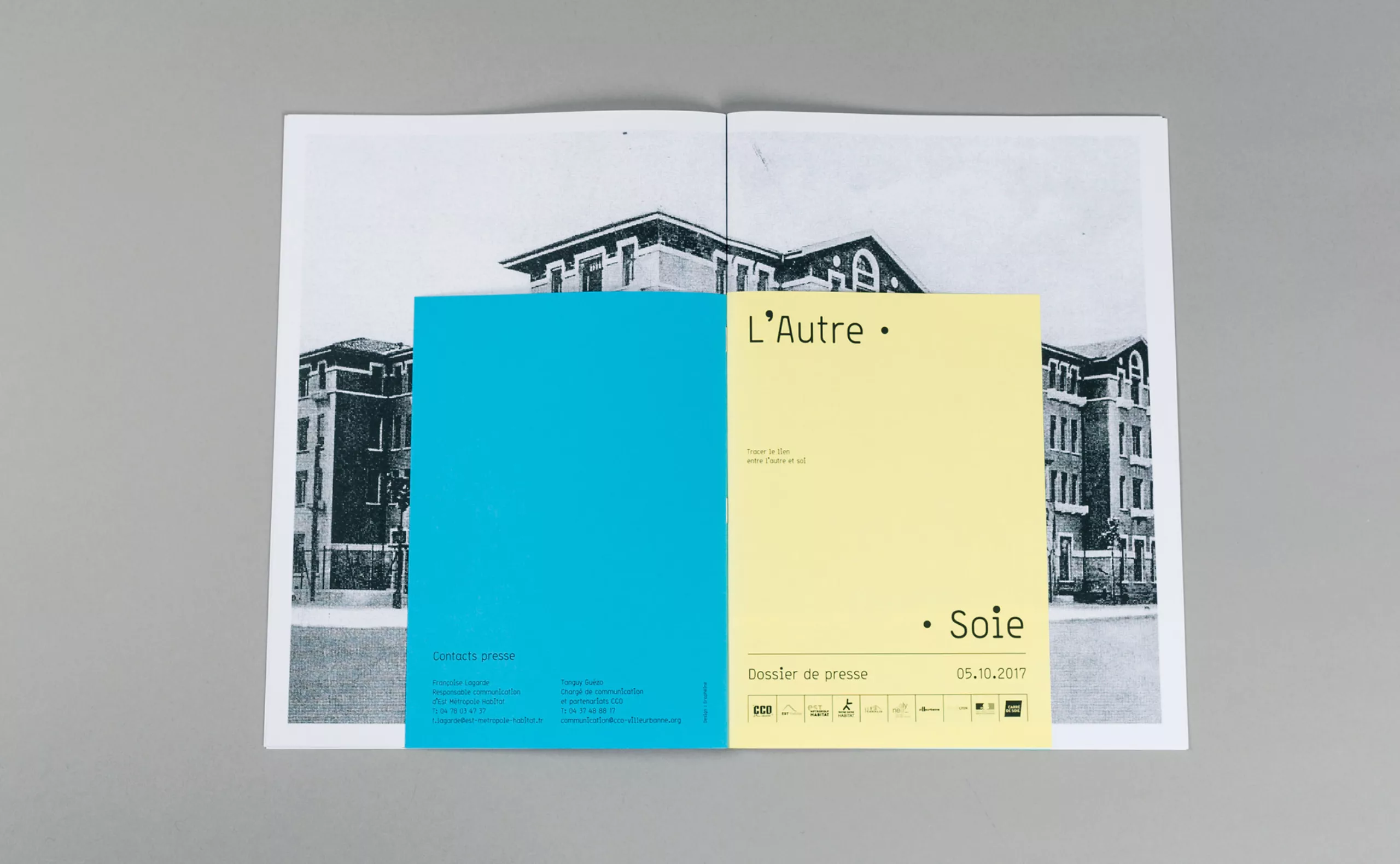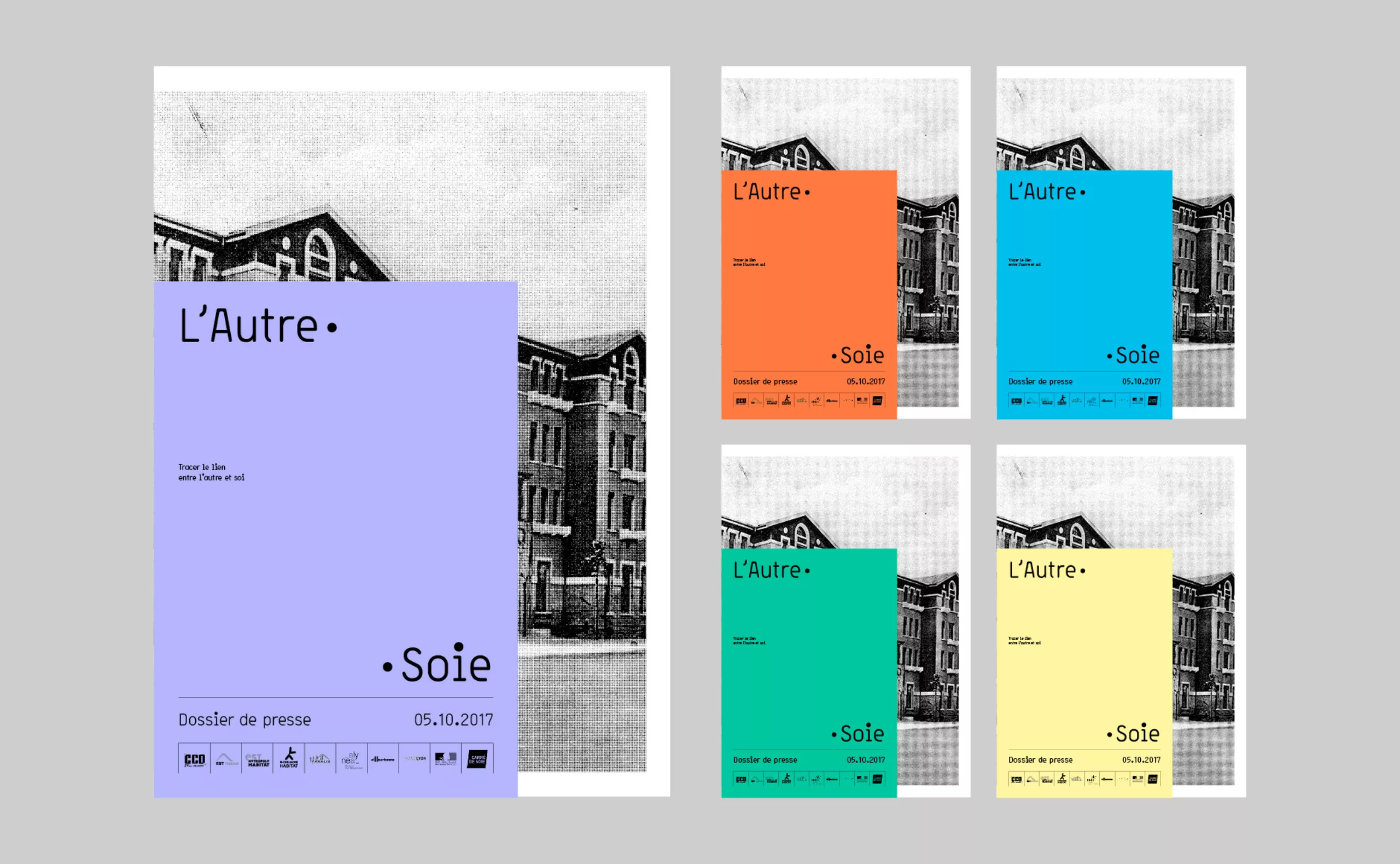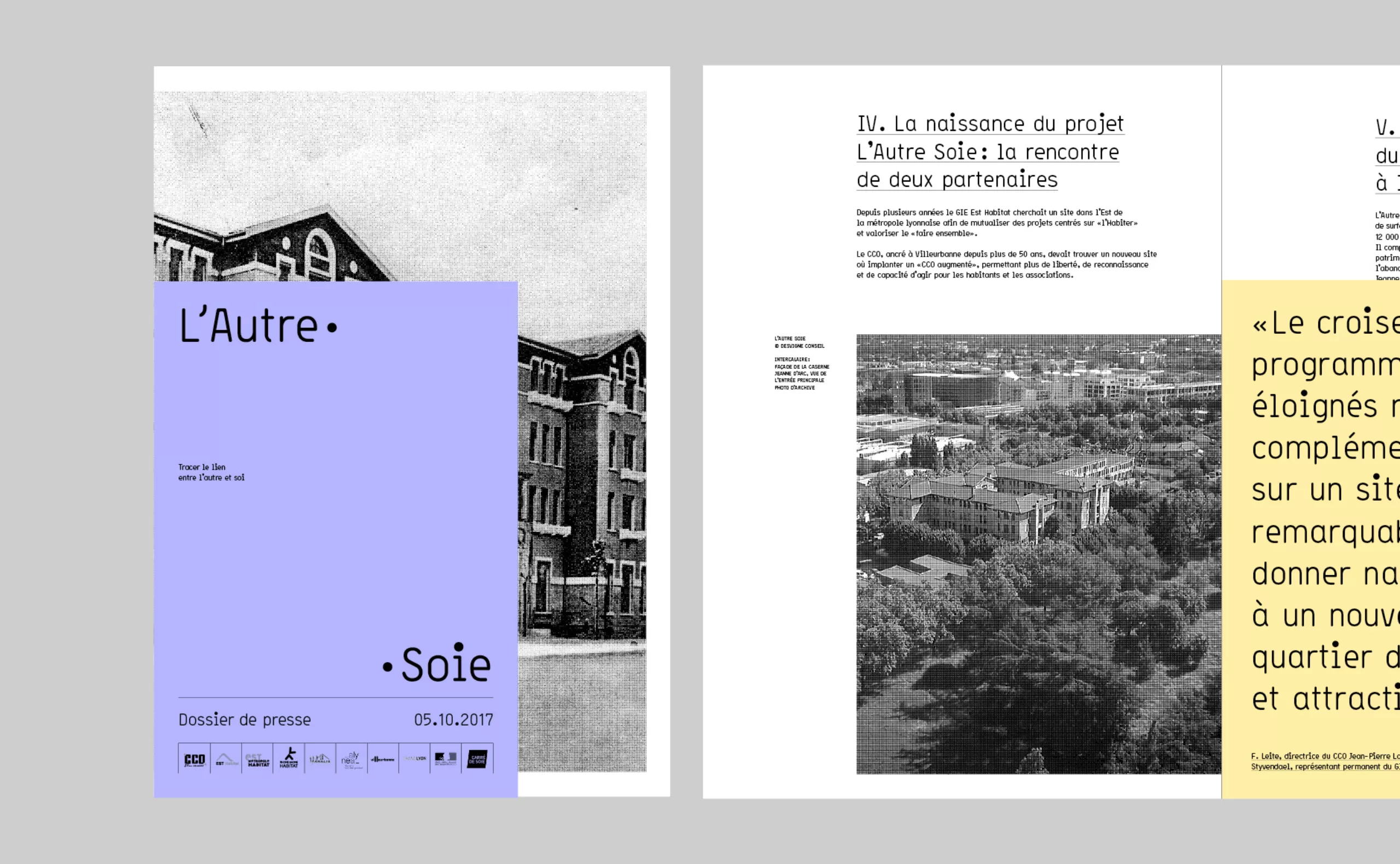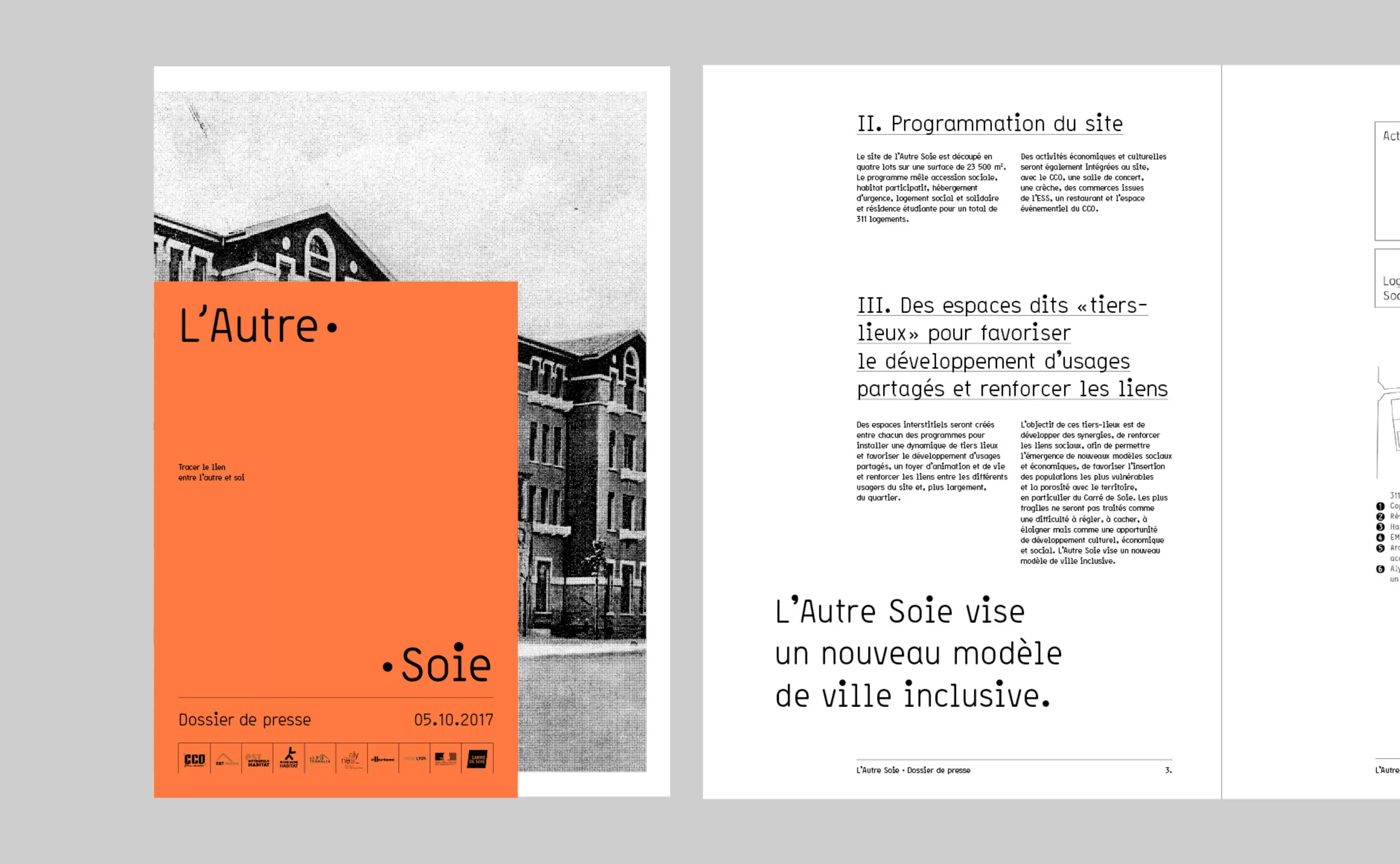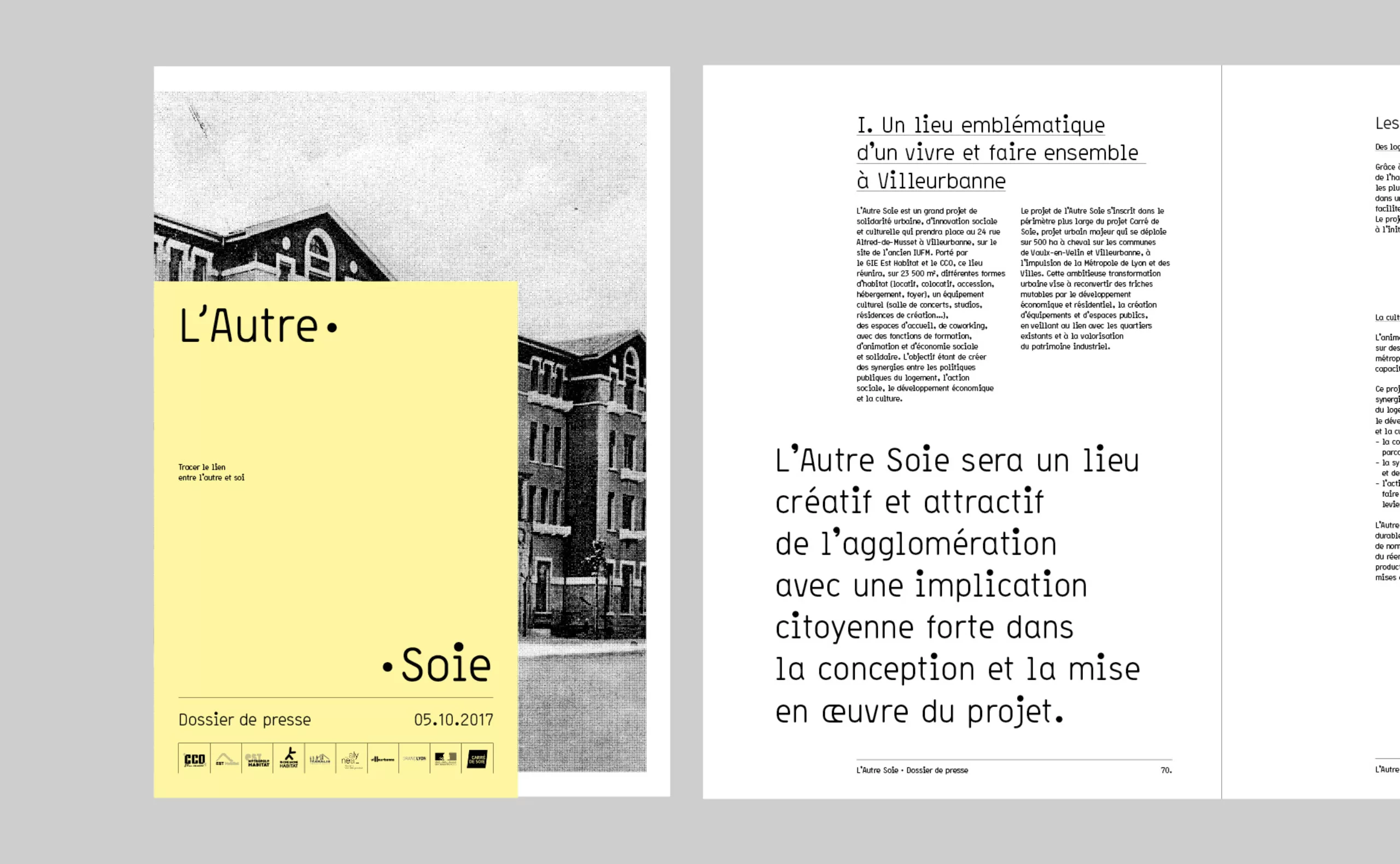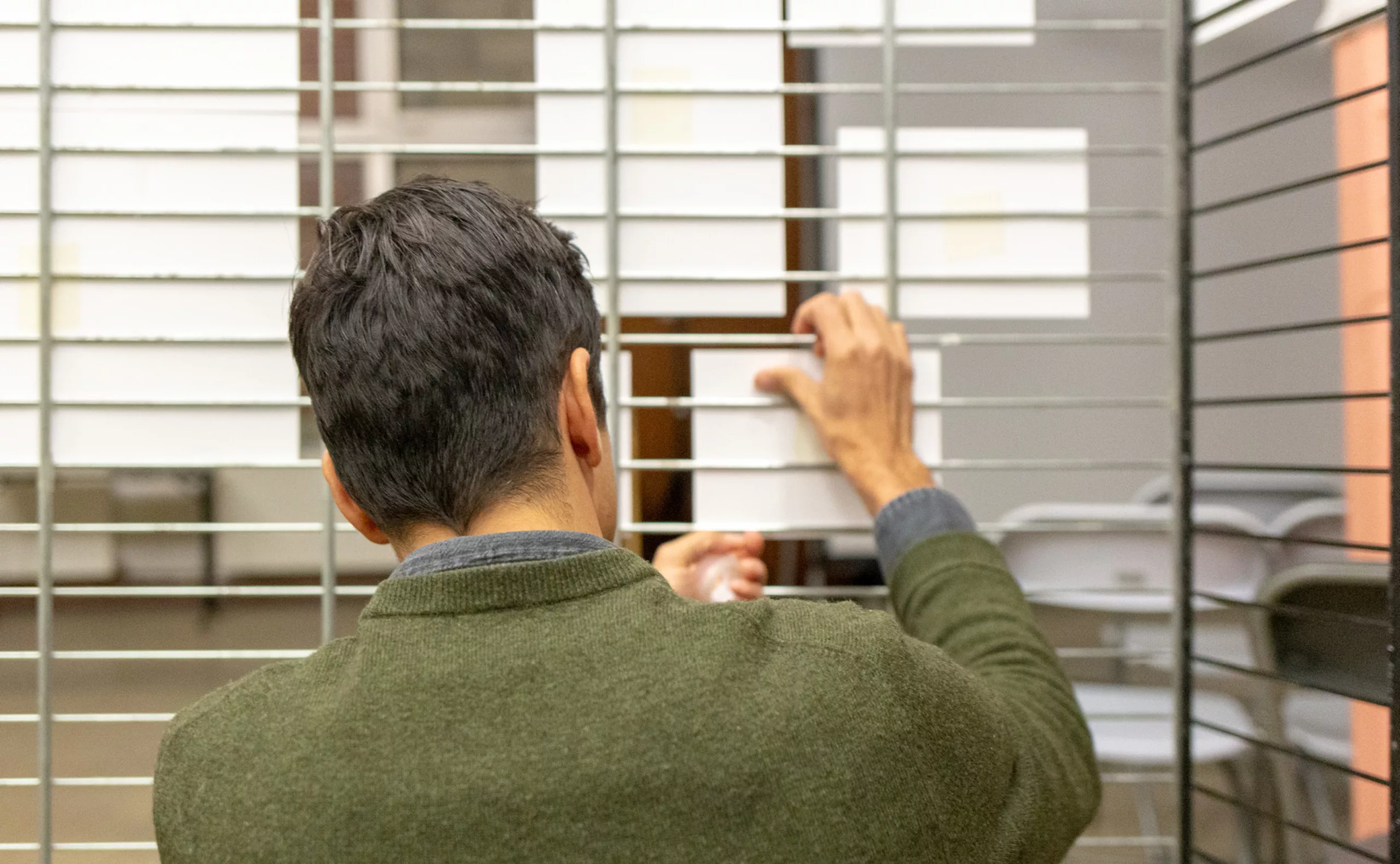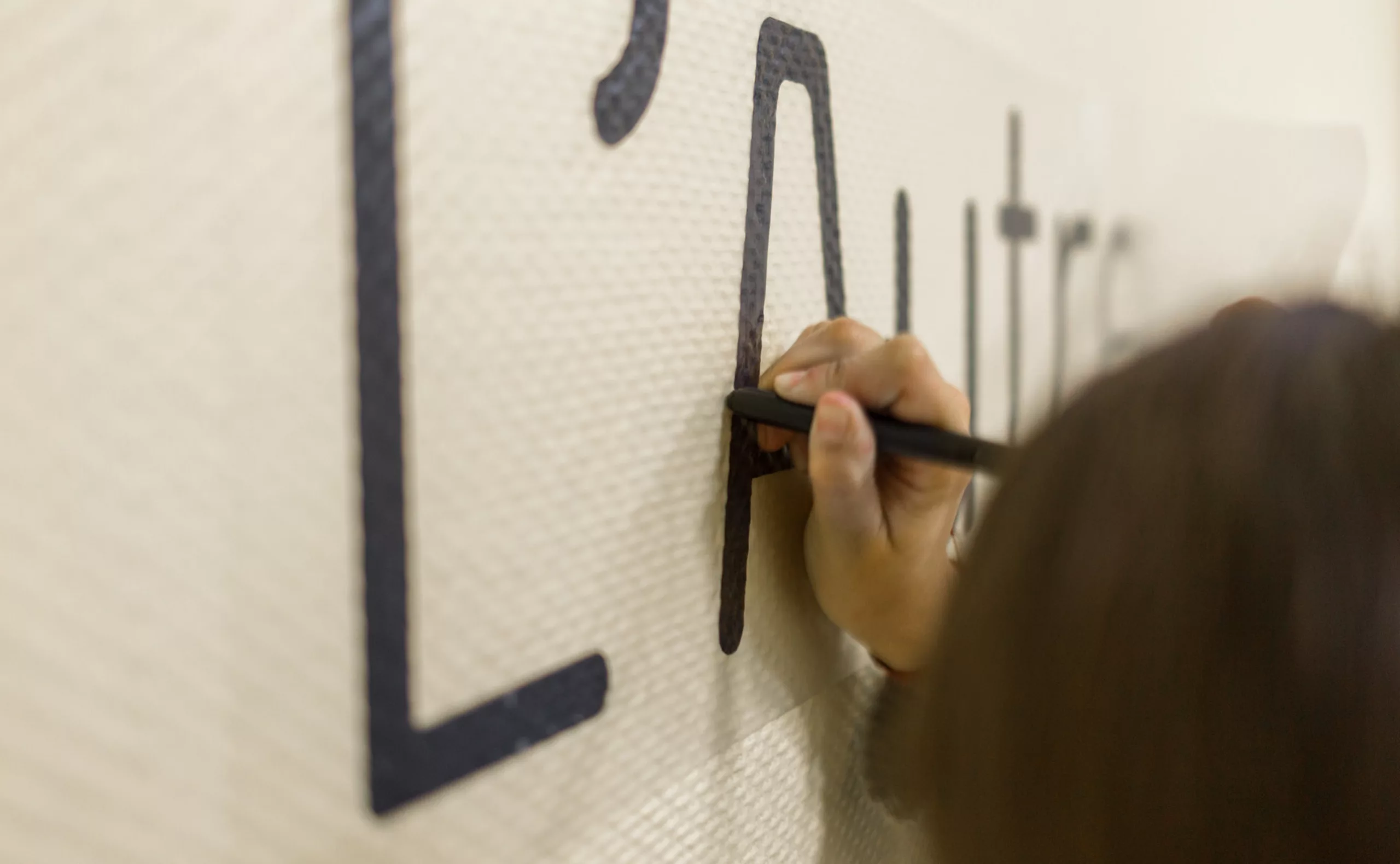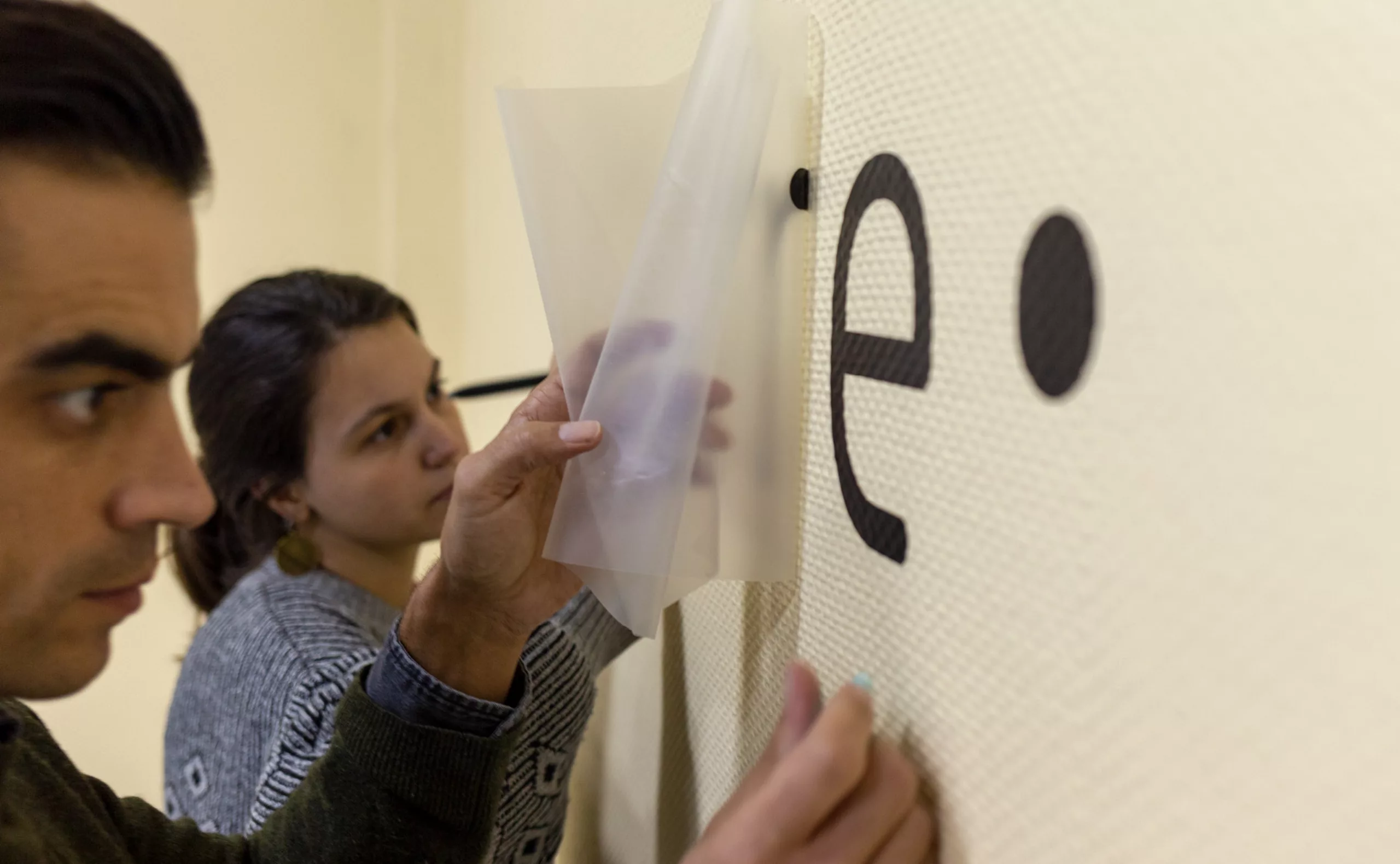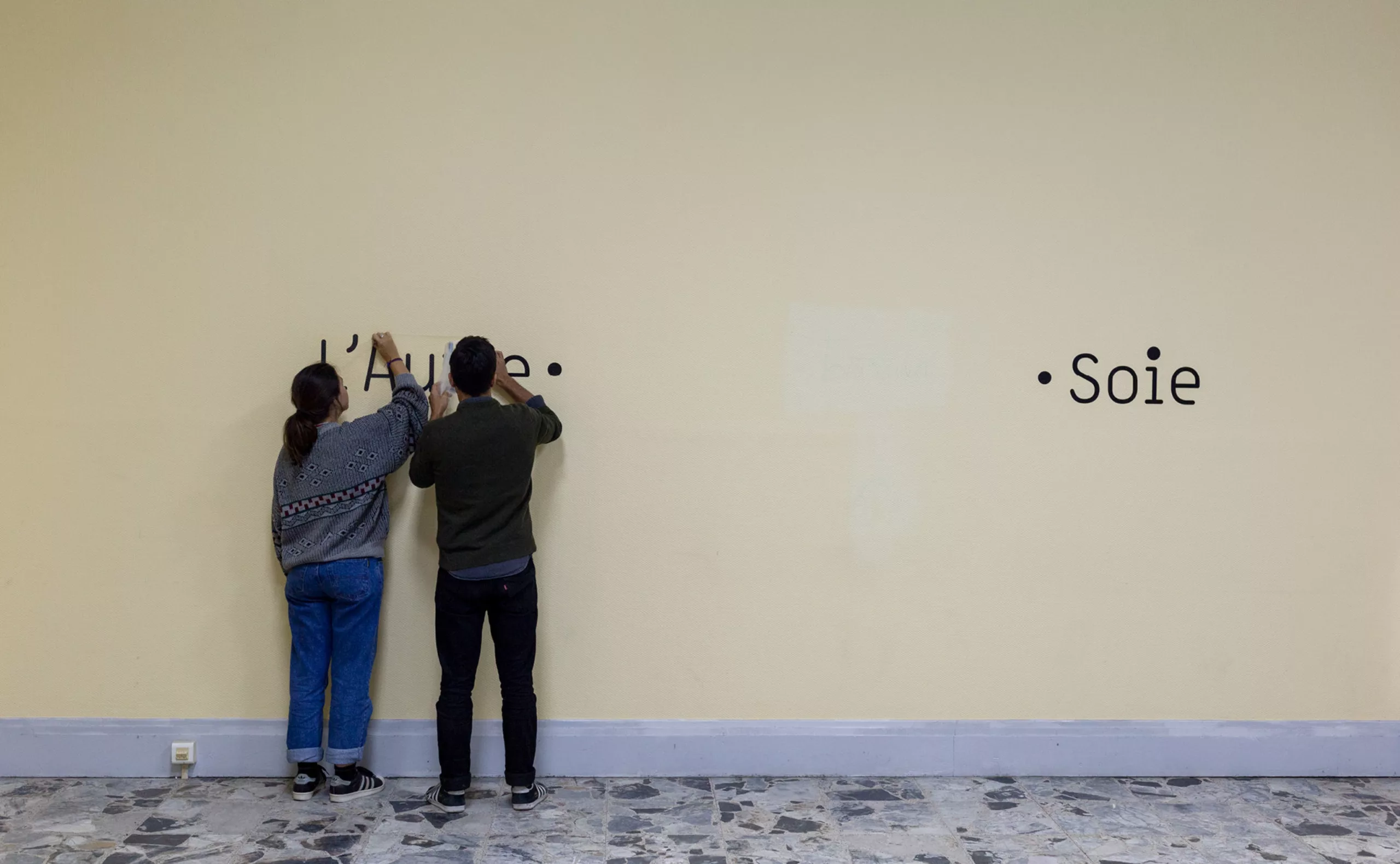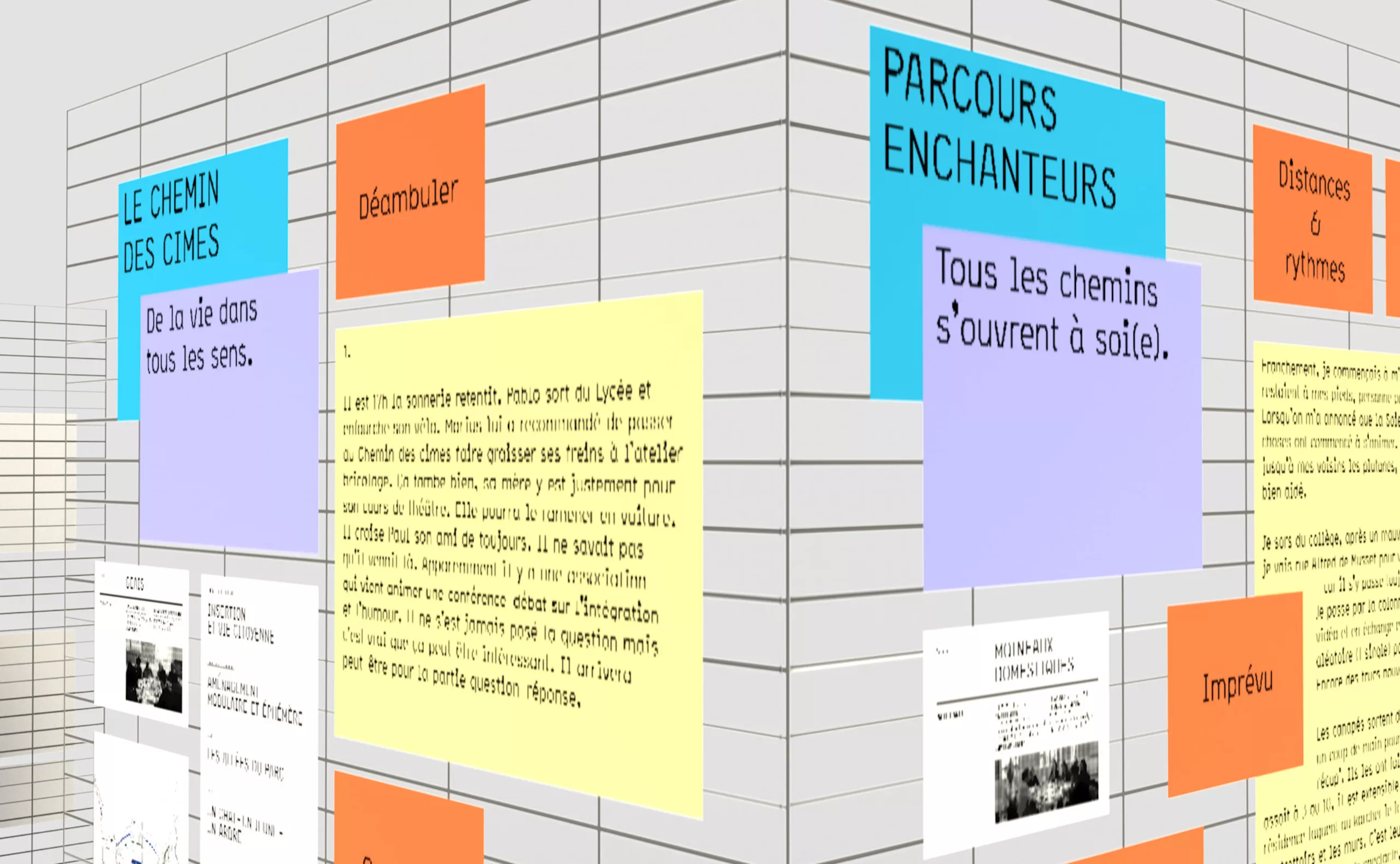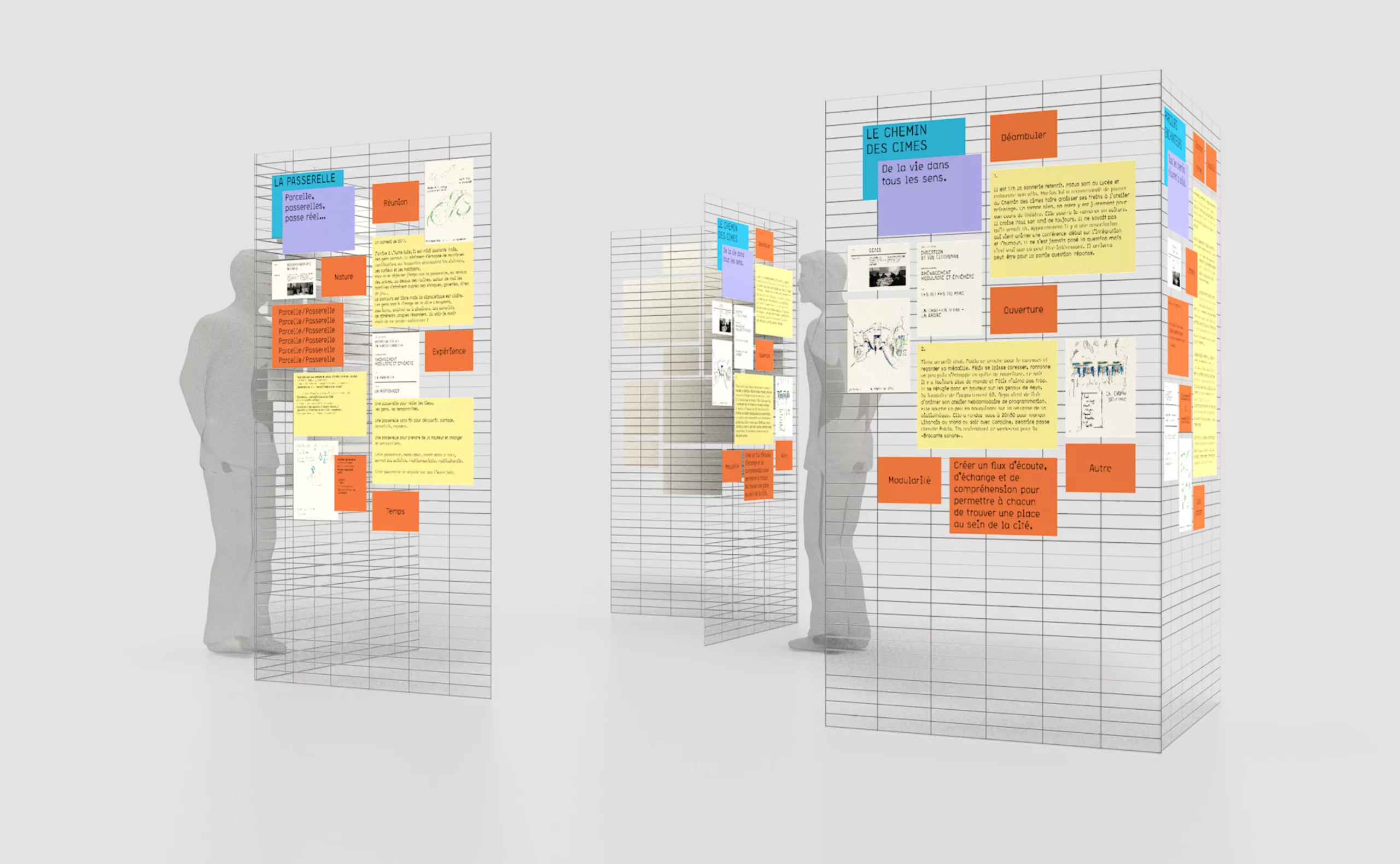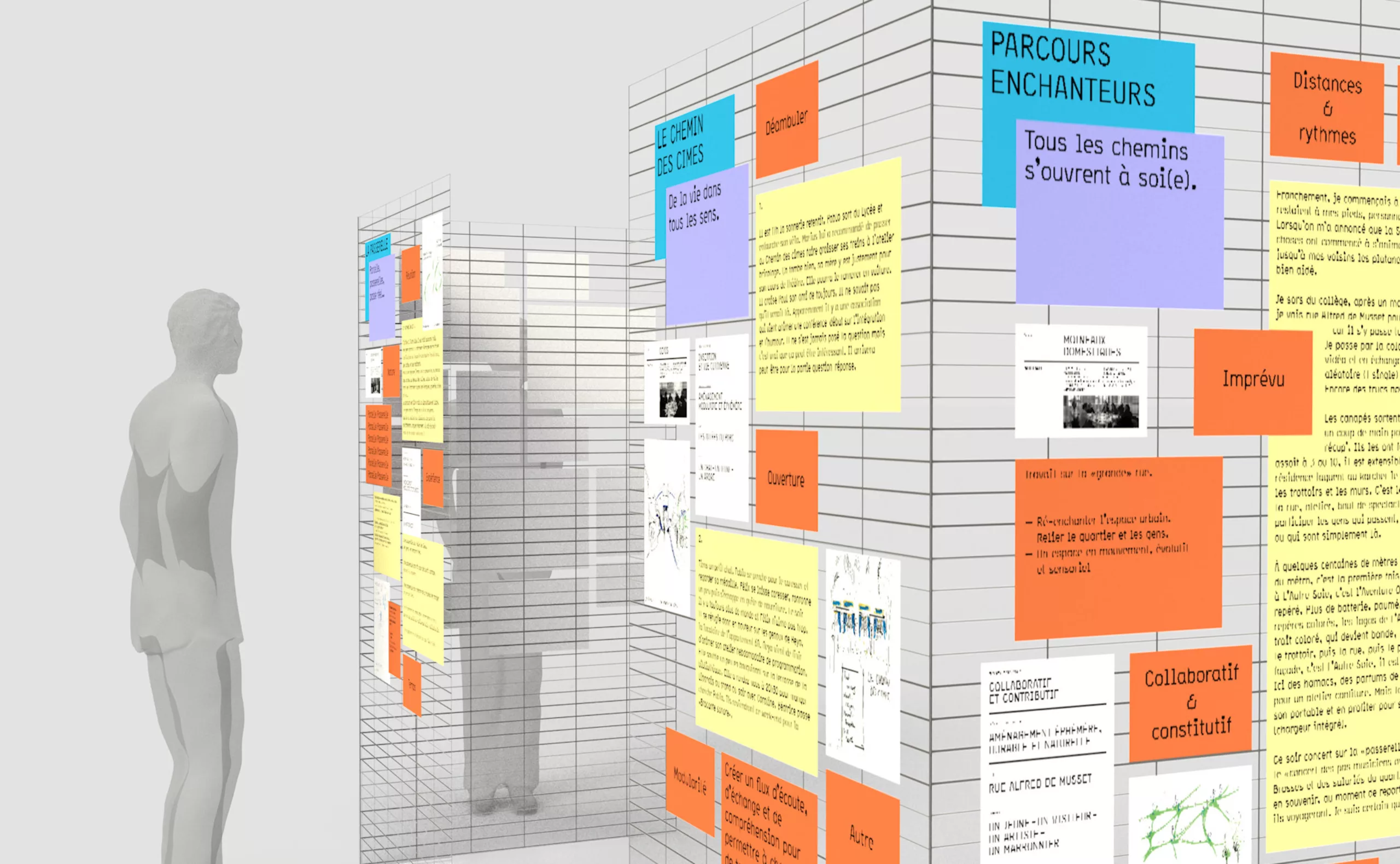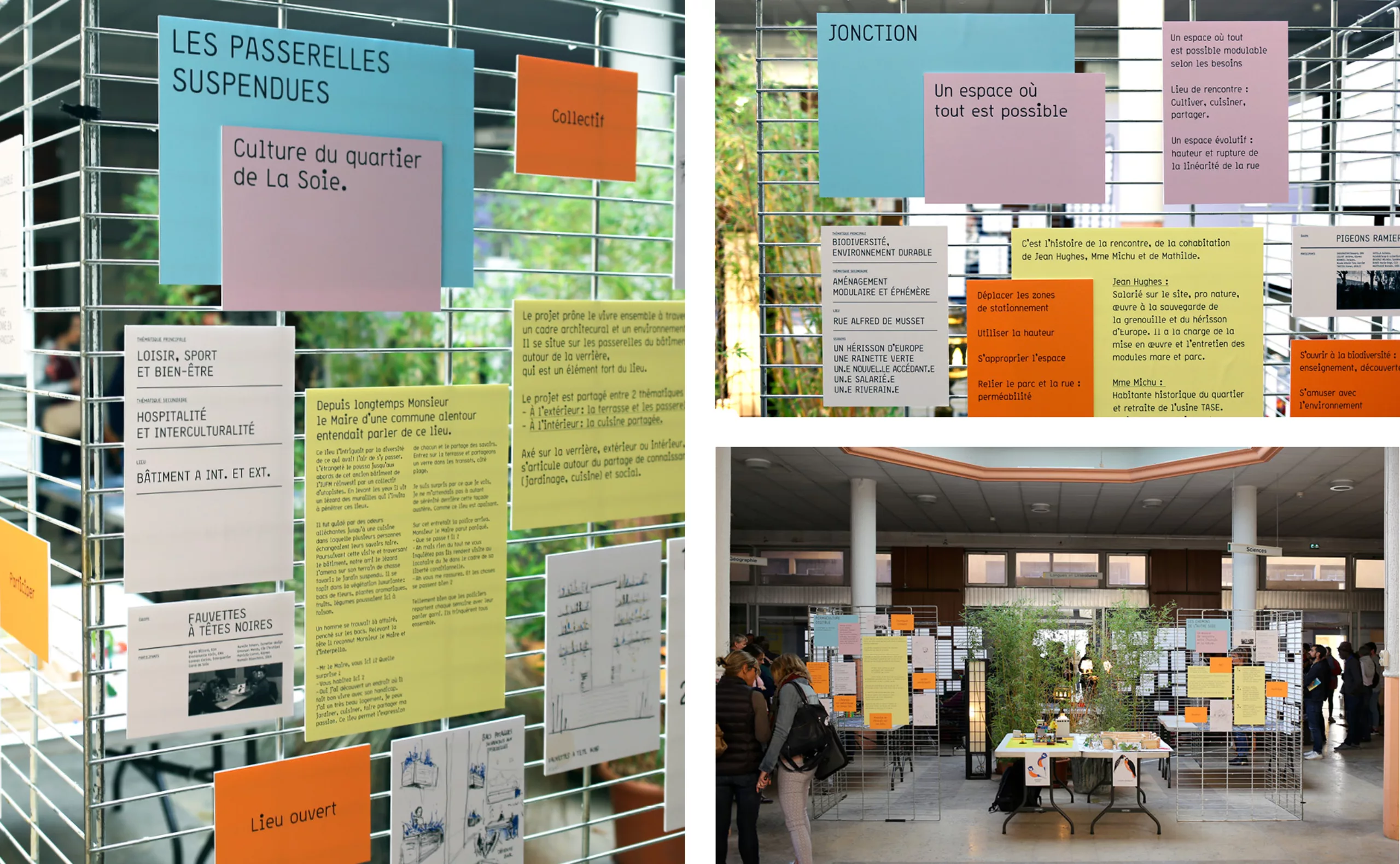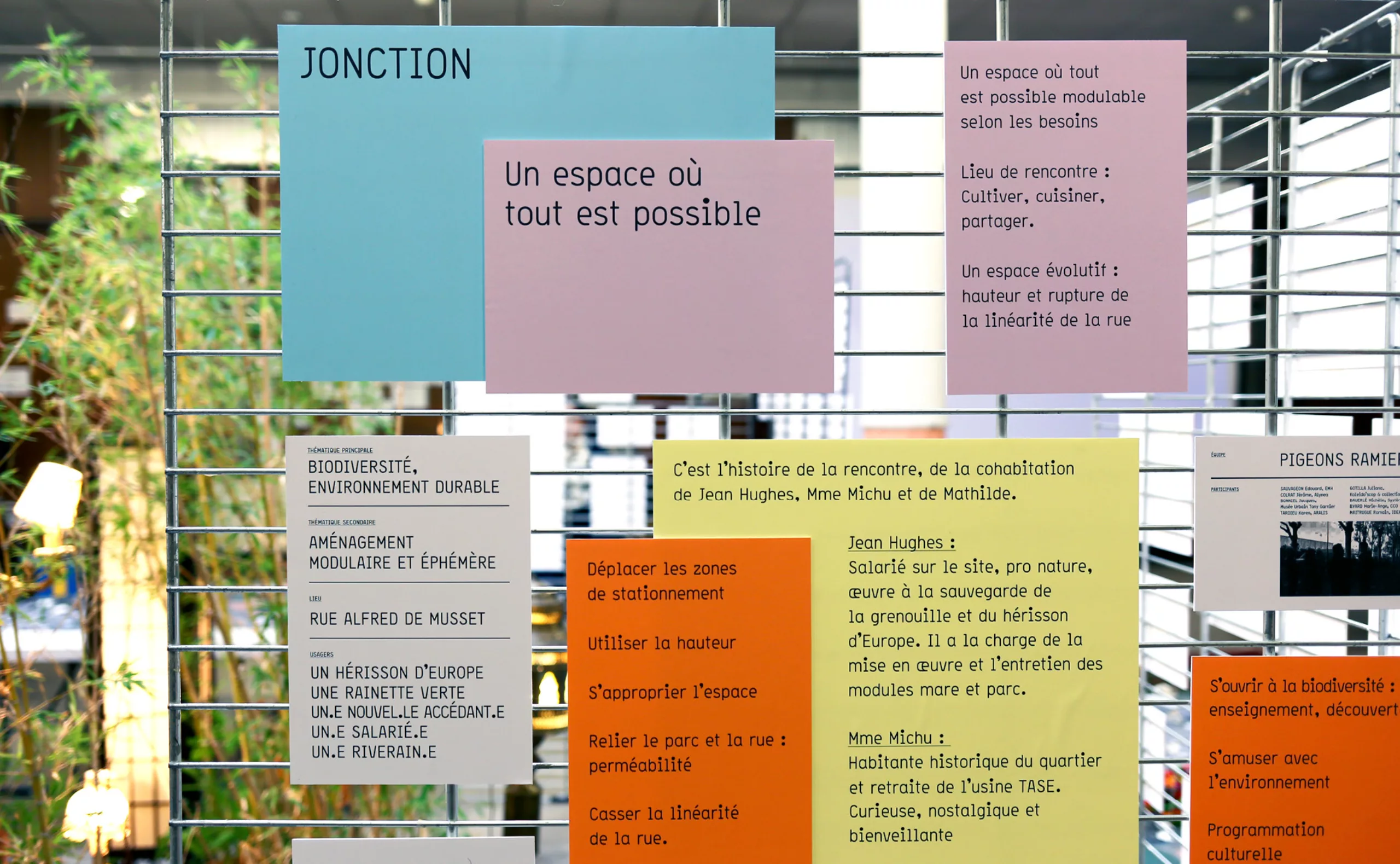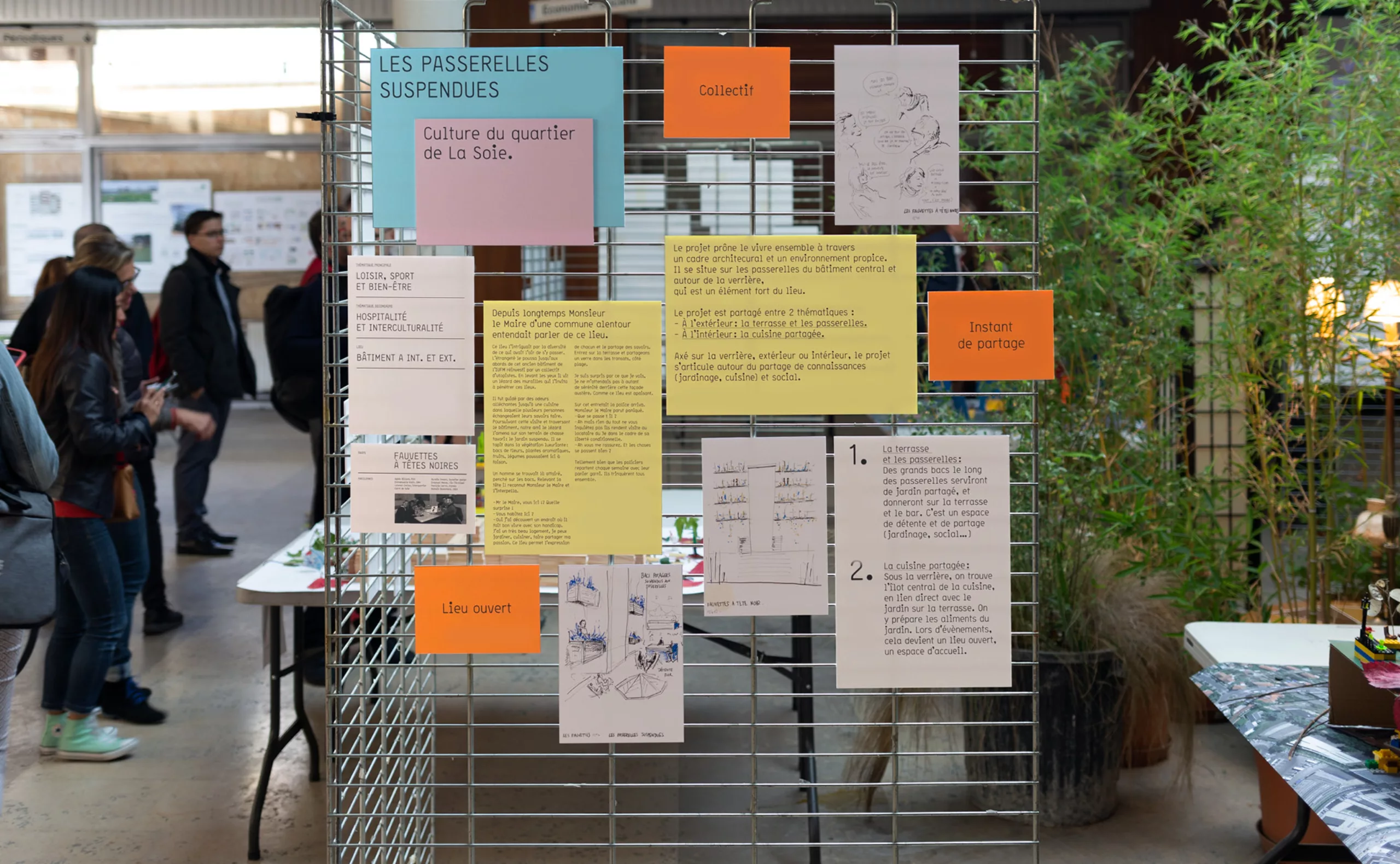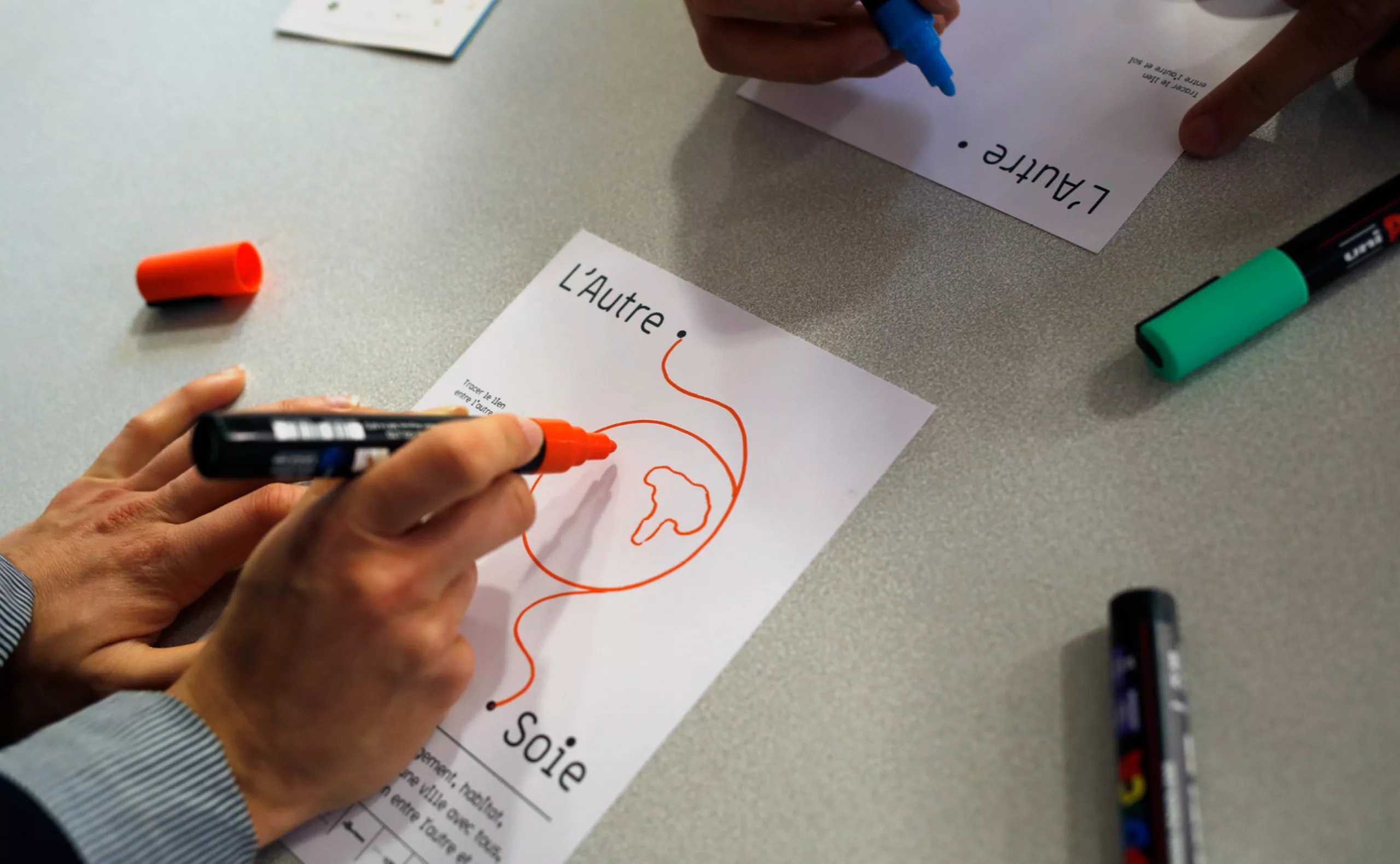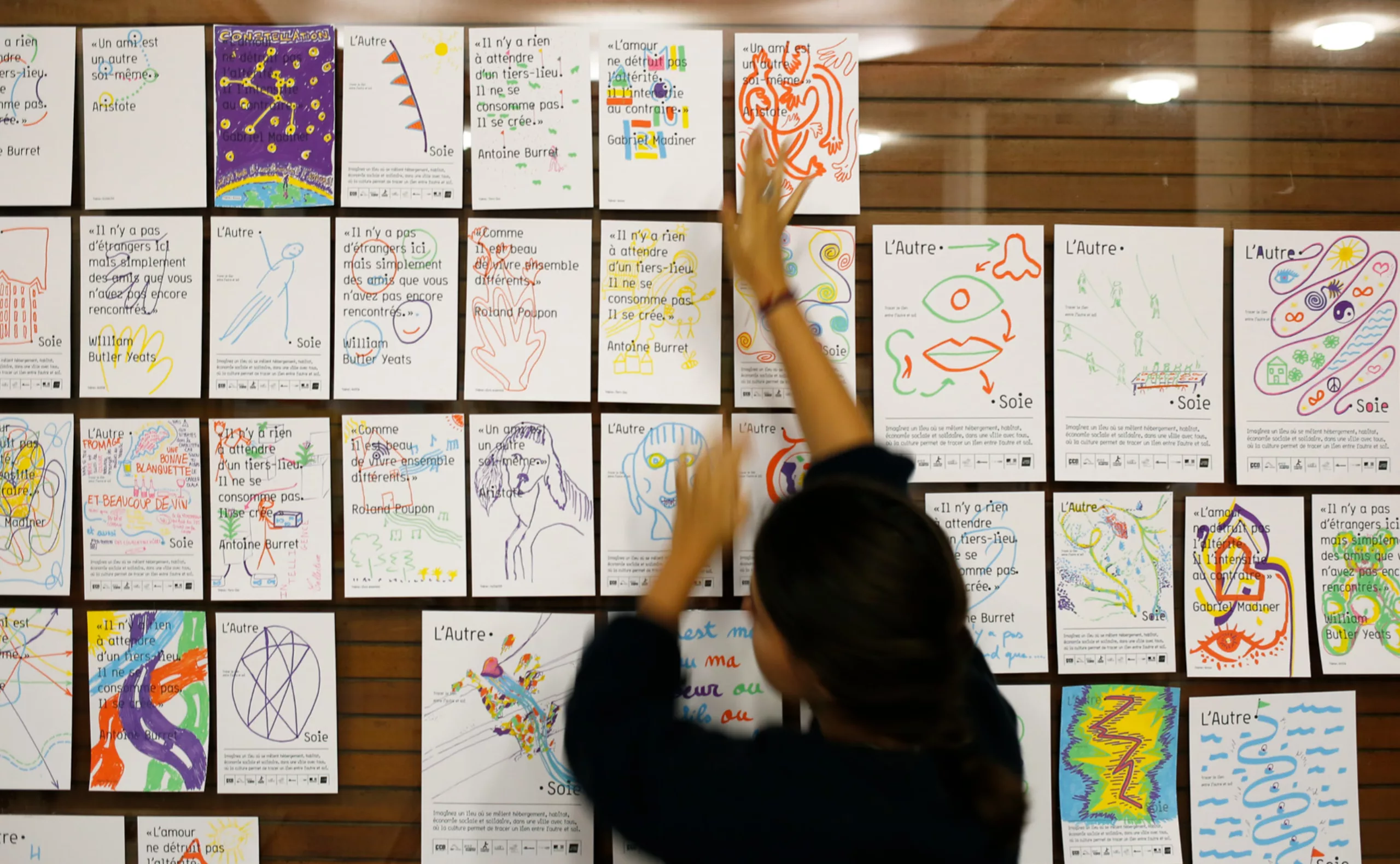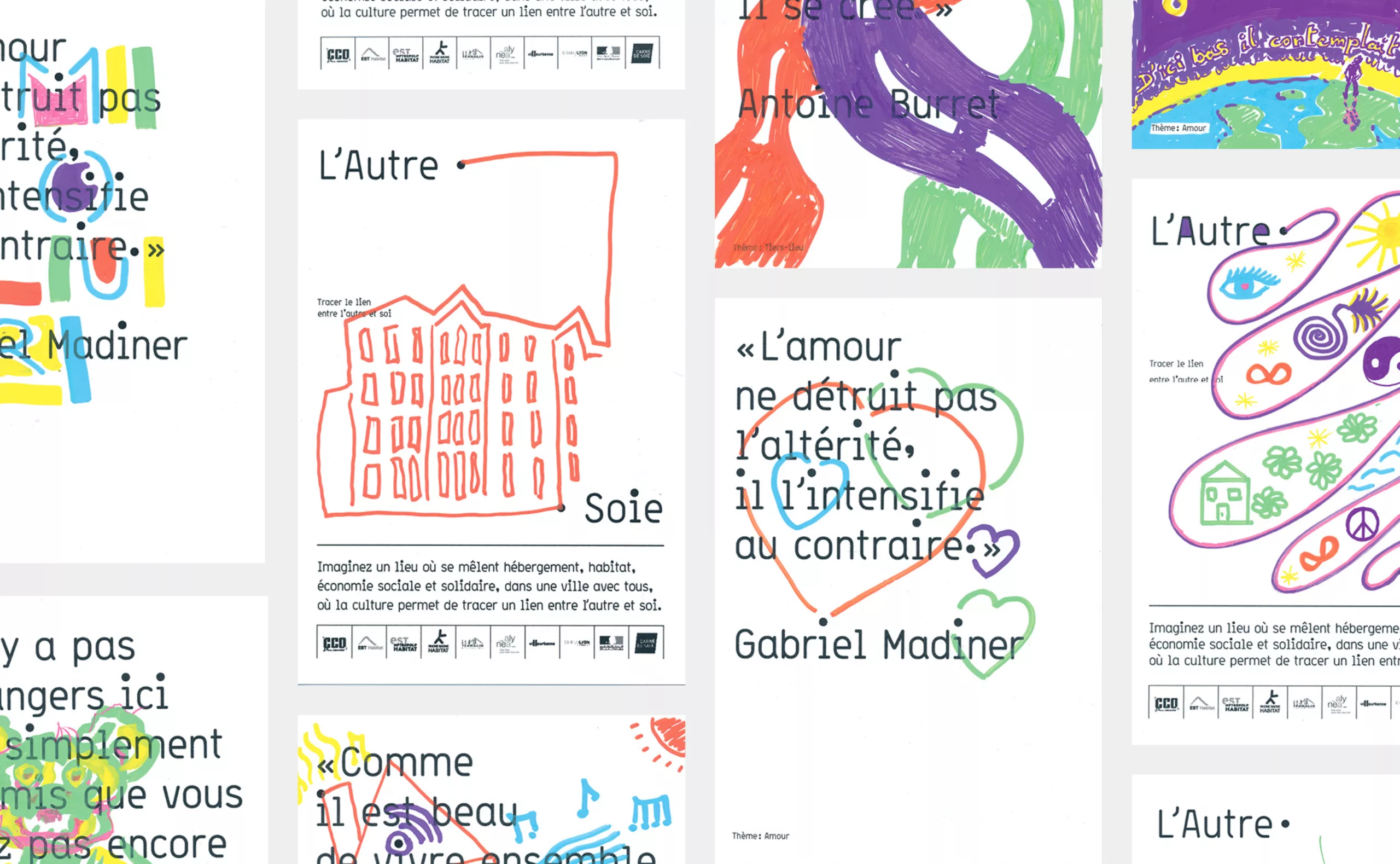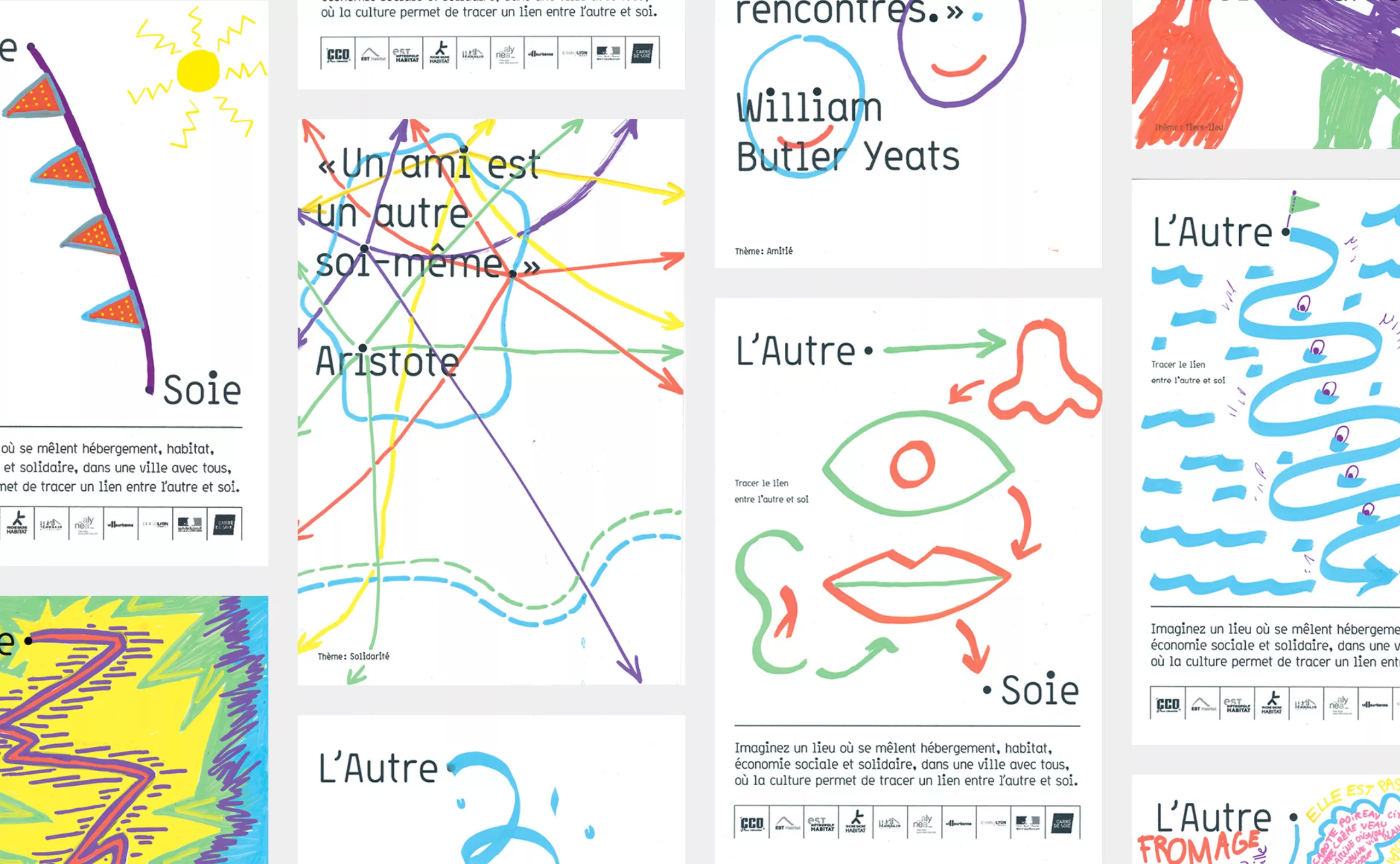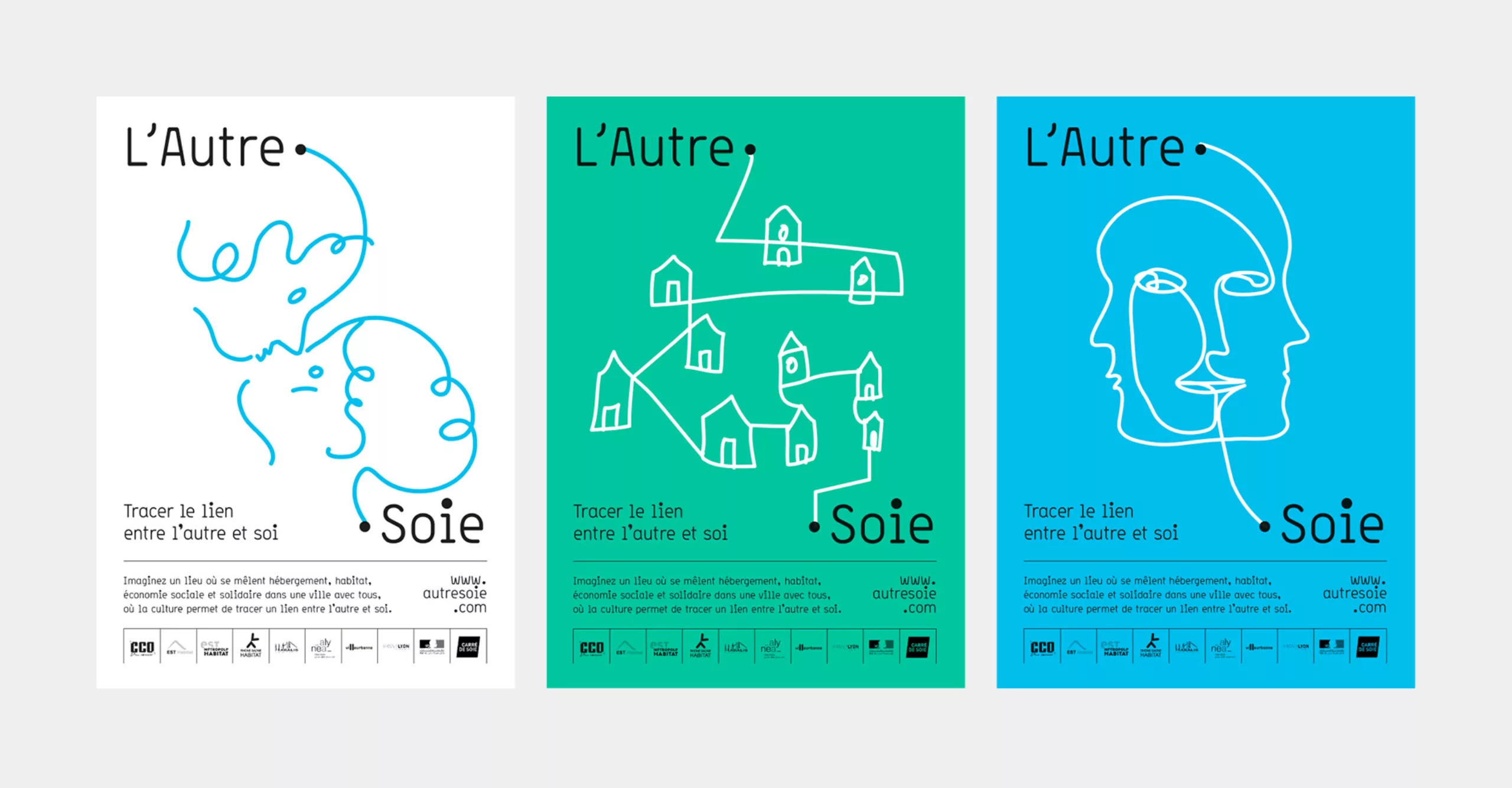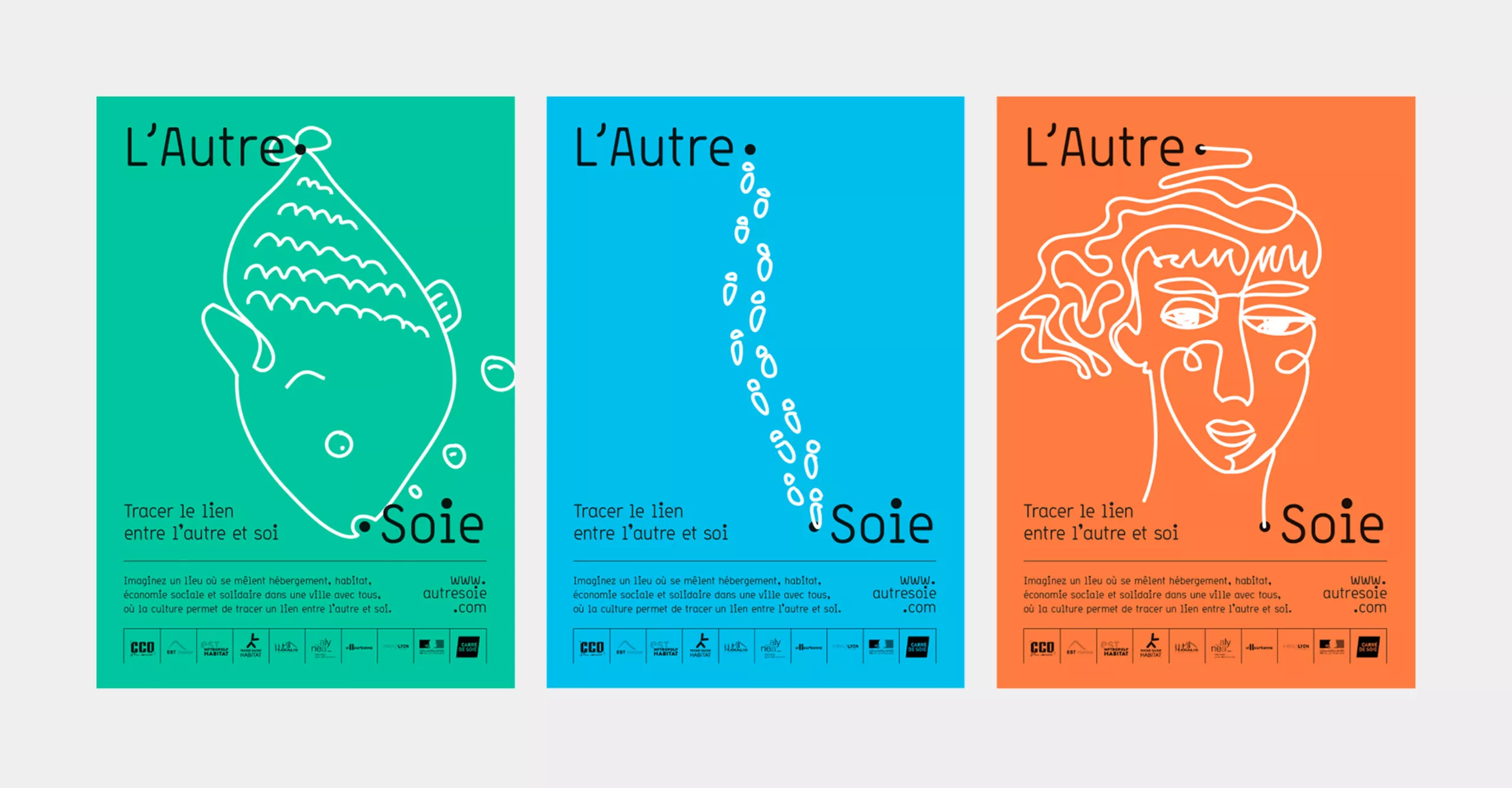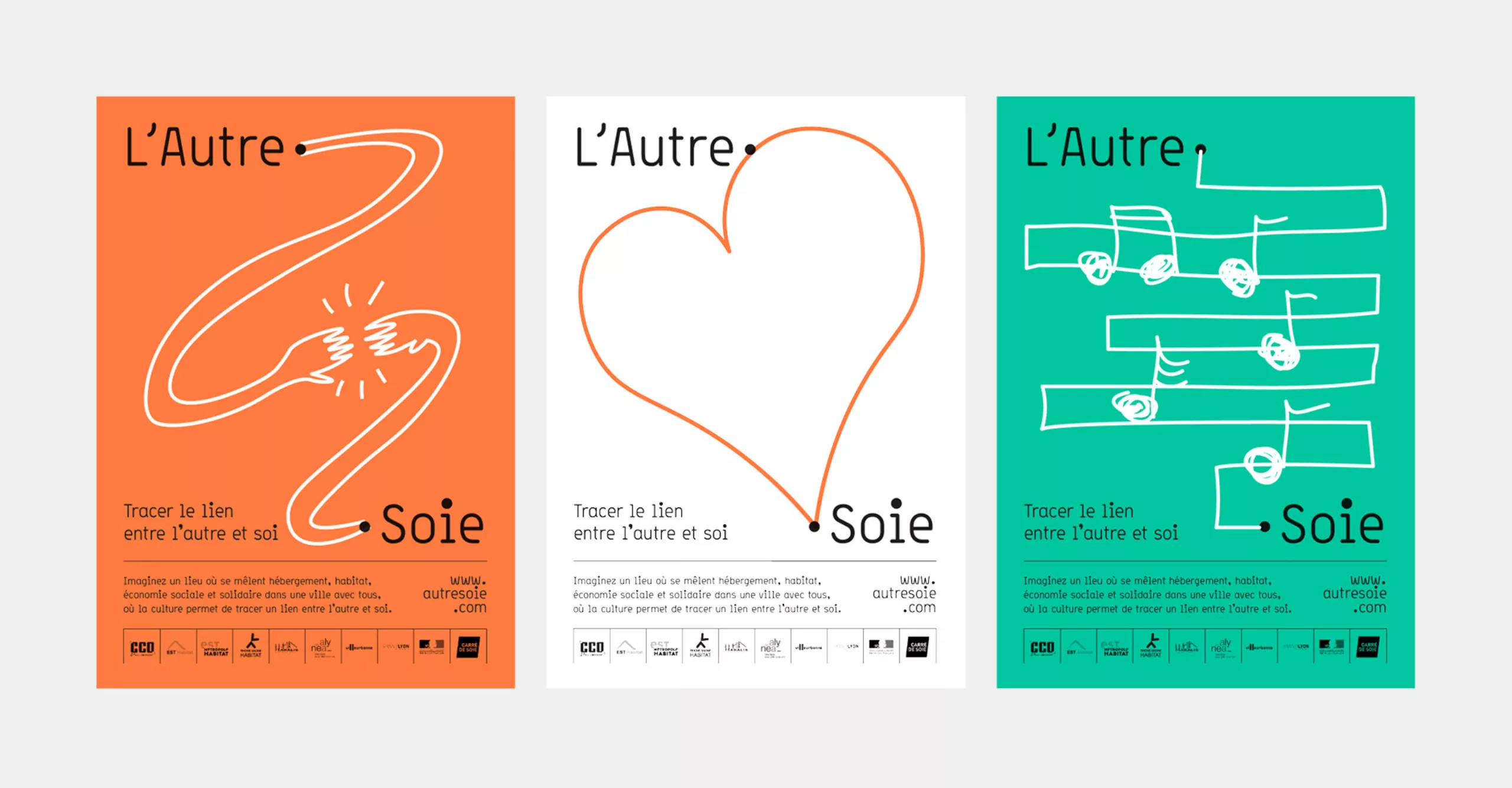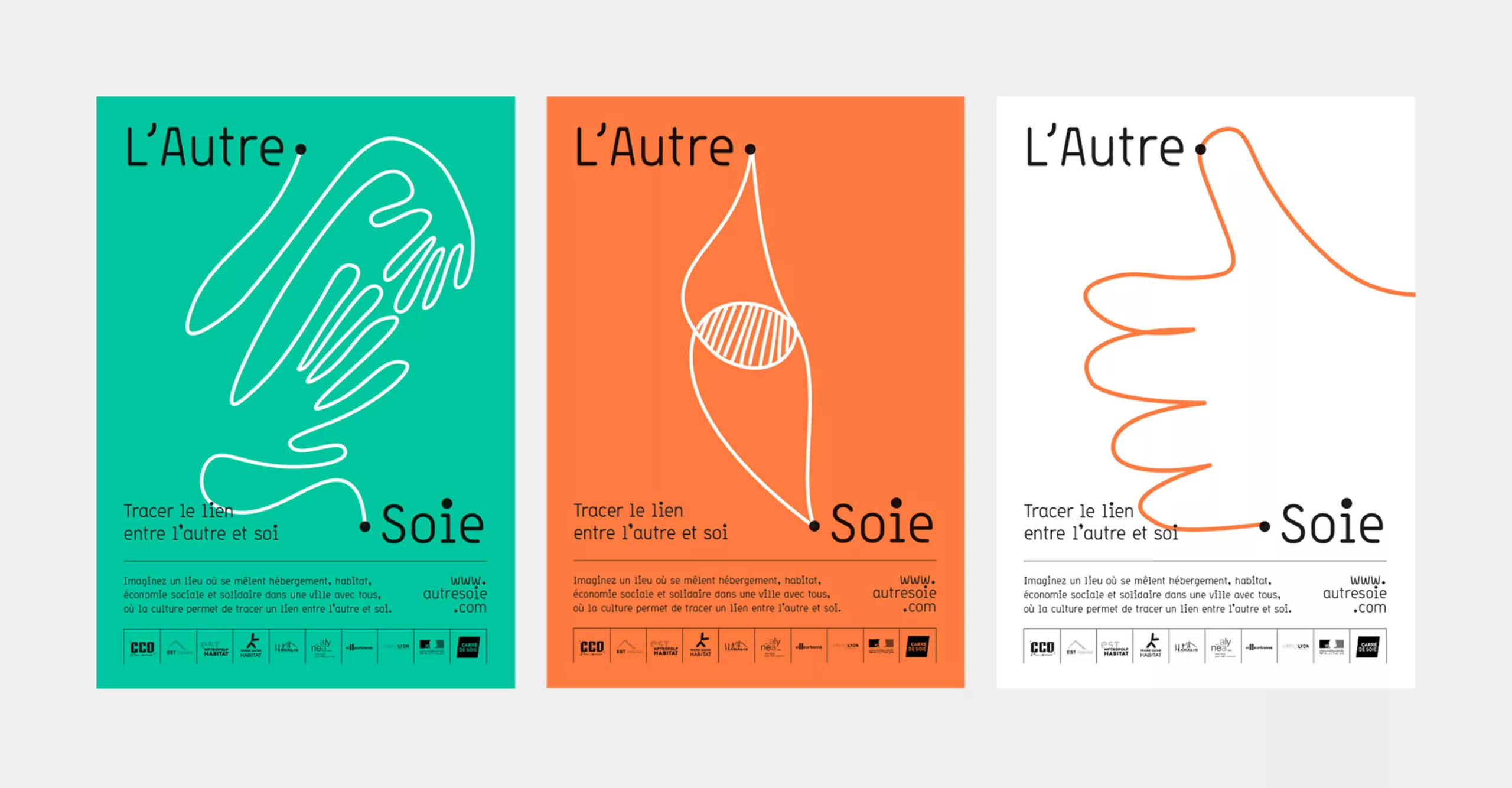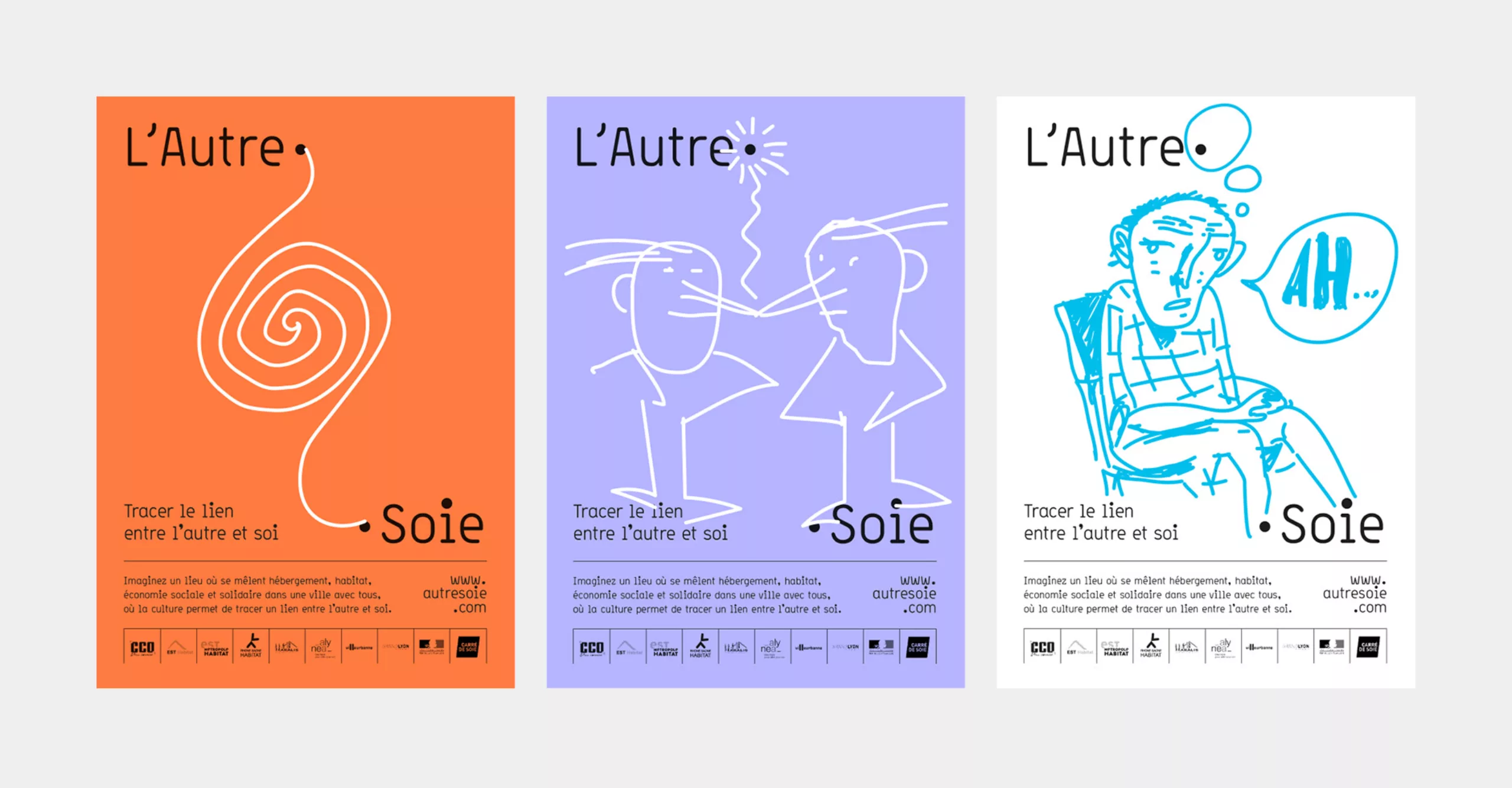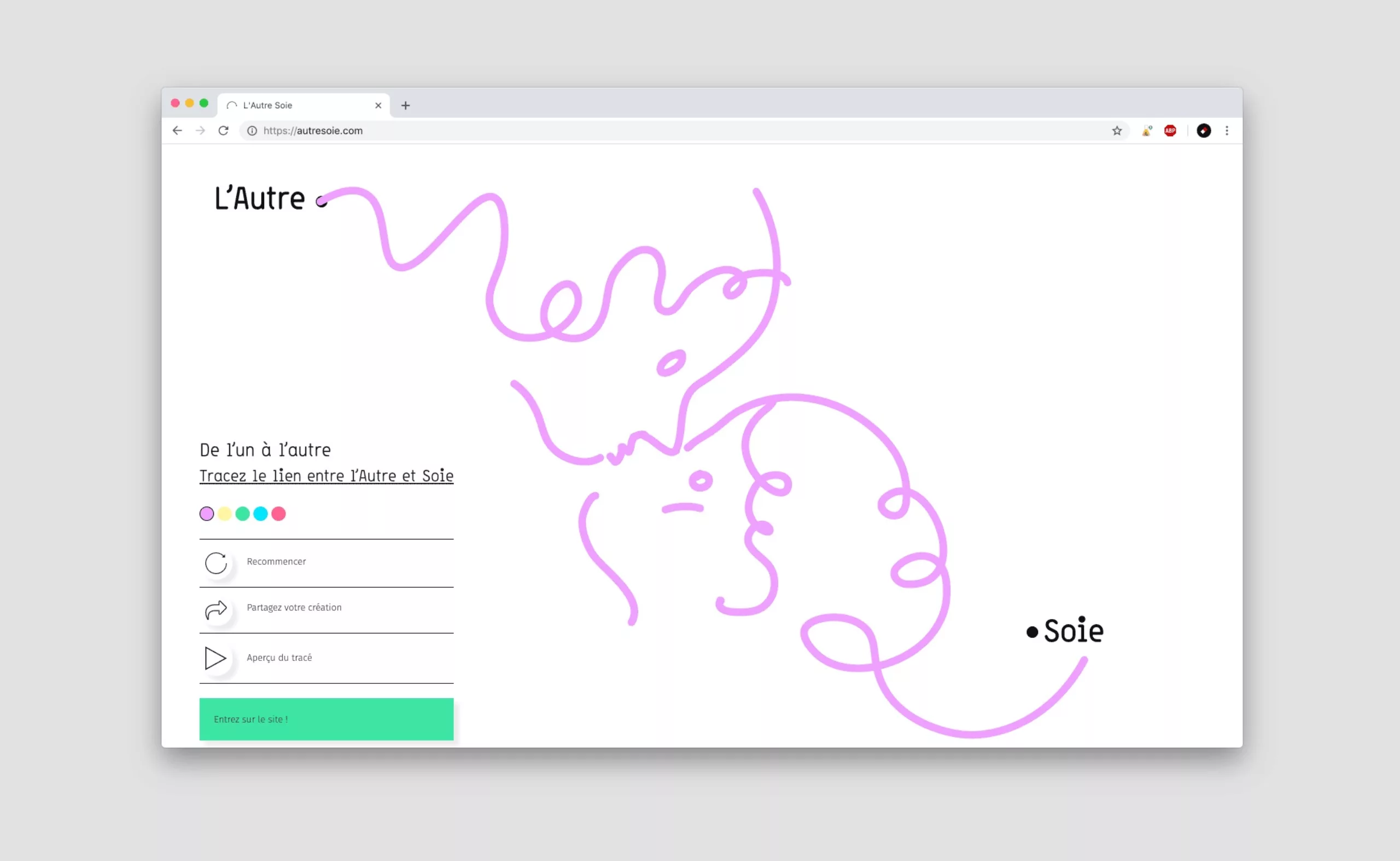L’autre Soie, a Third-Place
L’Autre Soie is a project that combines housing, social and solidarity economy and culture in Villeurbanne, near Lyon, France.
Located on the site of a former IUFM (training institution for public education professionals), in the perimeter of the “Carré de Soie” (“Silk district”), it will combine housing reserved for people in difficulty as well as places dedicated to culture and the social and solidarity economy. This project, winner of the European Urban Innovative Actions call for projects, has just been awarded a grant of 5 million euros, which means that the project is innovative!
Behind this utopian project, halfway between social housing and third-place, there is an economic interest group composed of 4 members: Alynea, Aralis, Est Métropole Habitat (EMH) and Rhône Saône Habitat (RSH). They are also accompanied by the CCO, the Villeurbanne Cultural Centre.
At the beginning, there is the intuition that the city is a place of dense and intense interactions where it is necessary to put the human being at the heart of the urban project. It is therefore necessary to rethink the uses of the city, on the imagination of new actions centred on living and doing together. For a city open to all.
The ambition is to make the Autre Soie a creative and attractive place in the agglomeration with a strong citizen involvement in the design and implementation of the project. It will be a district where the inhabitants will be the carriers of resources for the territory. Everyone, in their diversity, will be able to find their place and have a social, cultural and economic environment that contributes to the development of their capacity to act.
In other words, this is not the kind of project that we see emerging every day. In a world where so many borders are closing, this little local utopia is good. A little utopia?…. No, we should talk about great reality, since the project will be financed to the tune of 75 million euros!
Step 01, the call for tenders
When we left the presentation meeting, we immediately went to the site of the Autre Soie. We took advantage of this impromptu visit to meet its current inhabitants.
Indeed, the building welcomed 150 migrants, mainly from the Calais jungle. After some exchanges, and despite the language barrier, we asked them to write “L’autre Soie” in their native language. The name “L’autre Soie” is not easy to understand in French, with its double reading, on the one hand the reference to the Silk district which takes its name from the many textile factories, and then on the other hand this notion of otherness “the other and oneself”… so, not mastering neither the Afghan nor the Syrian, we did our best with gestual explanations.
